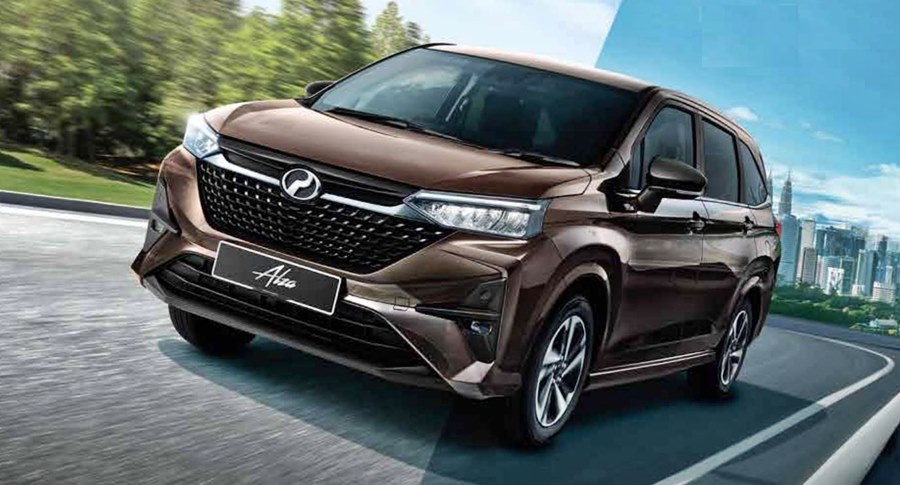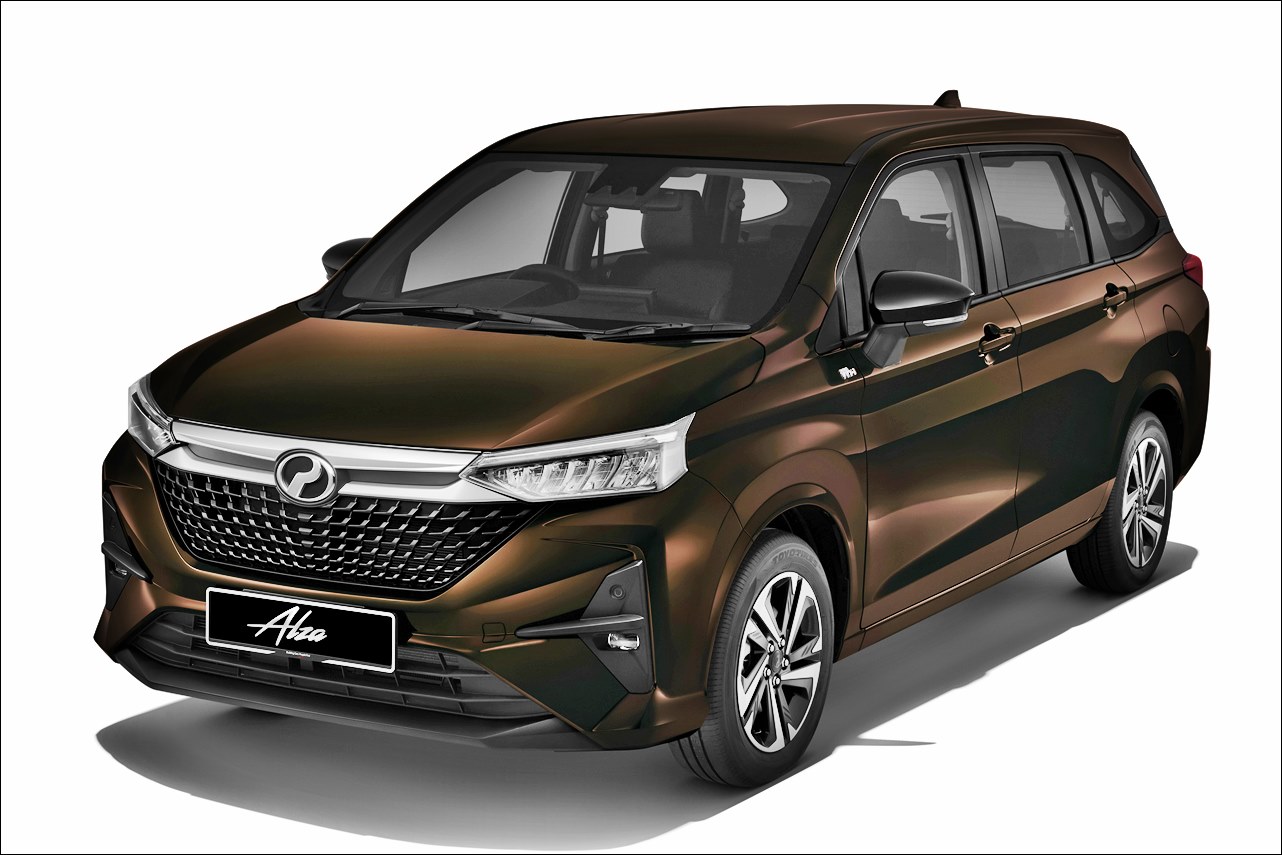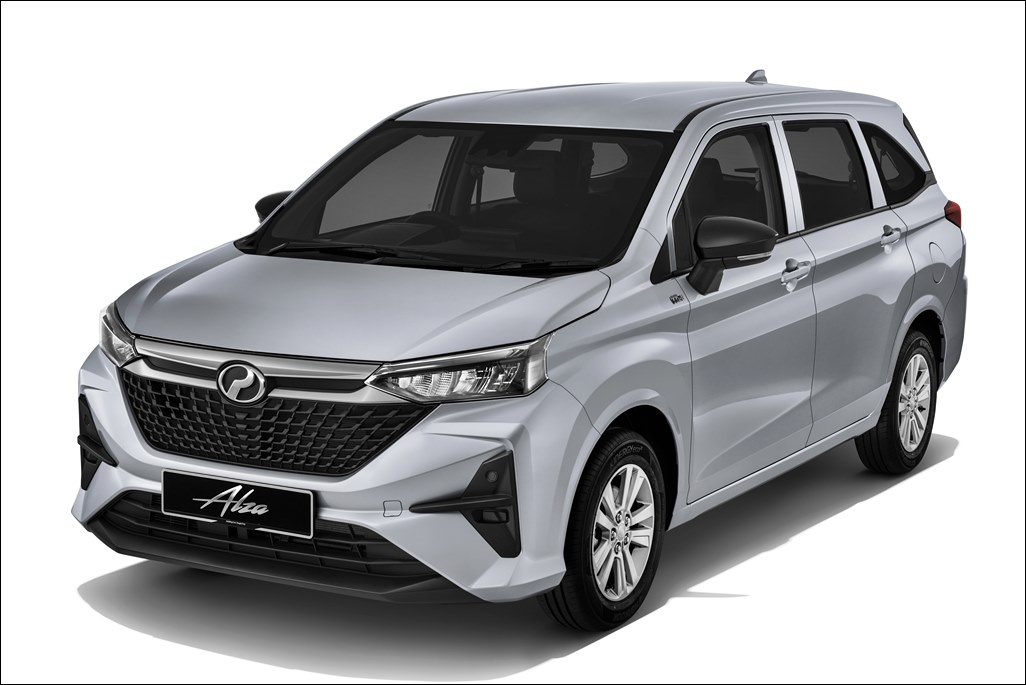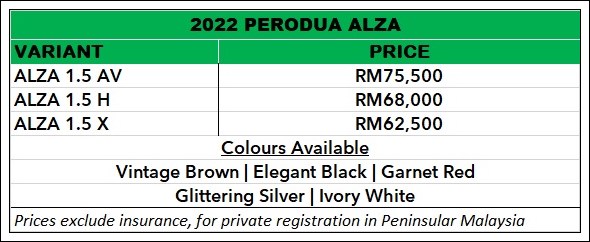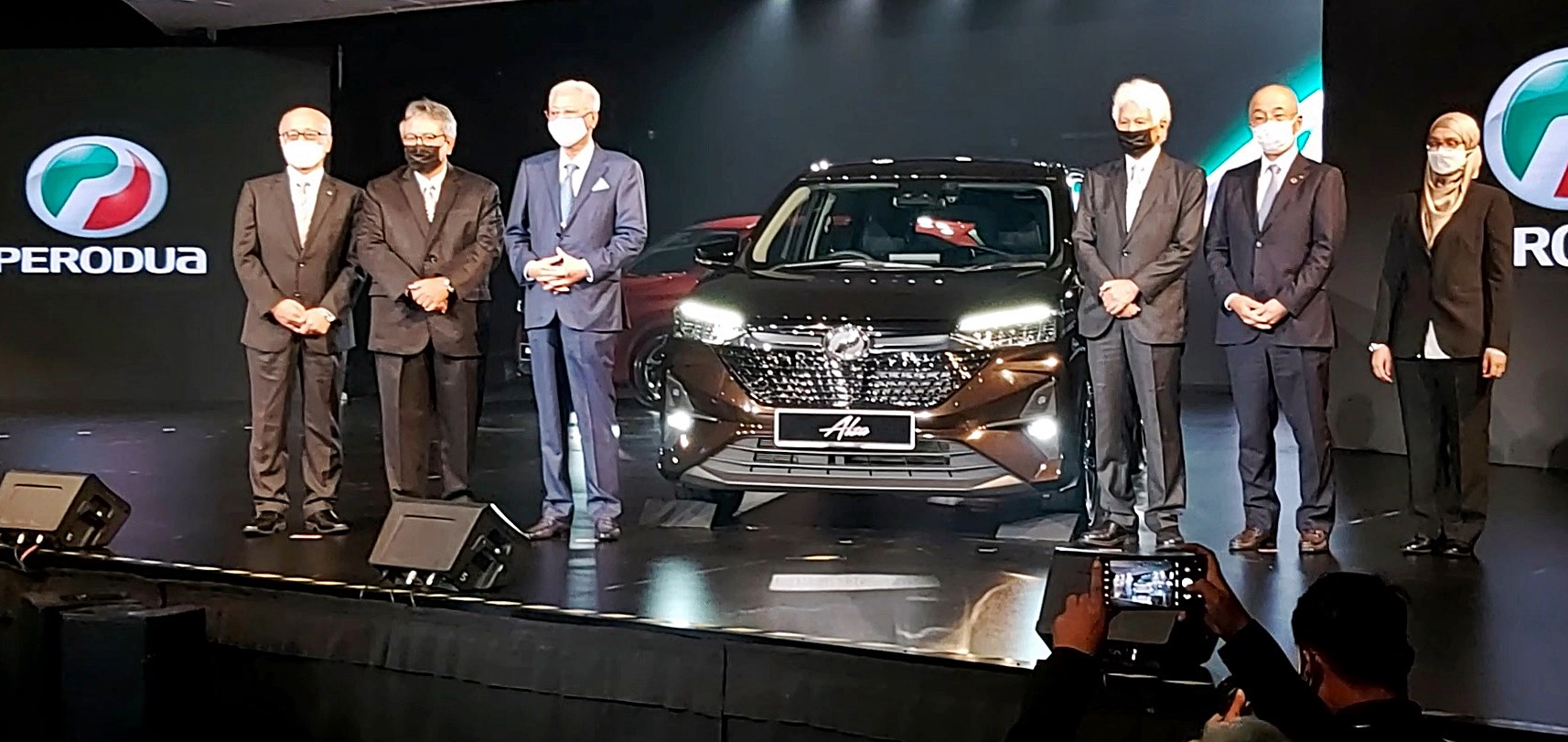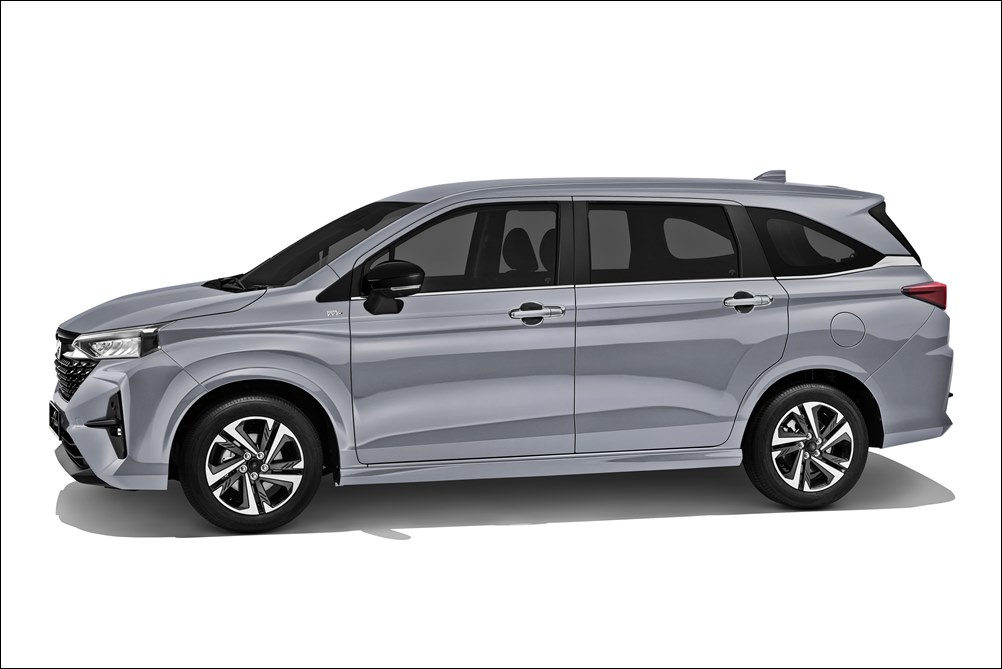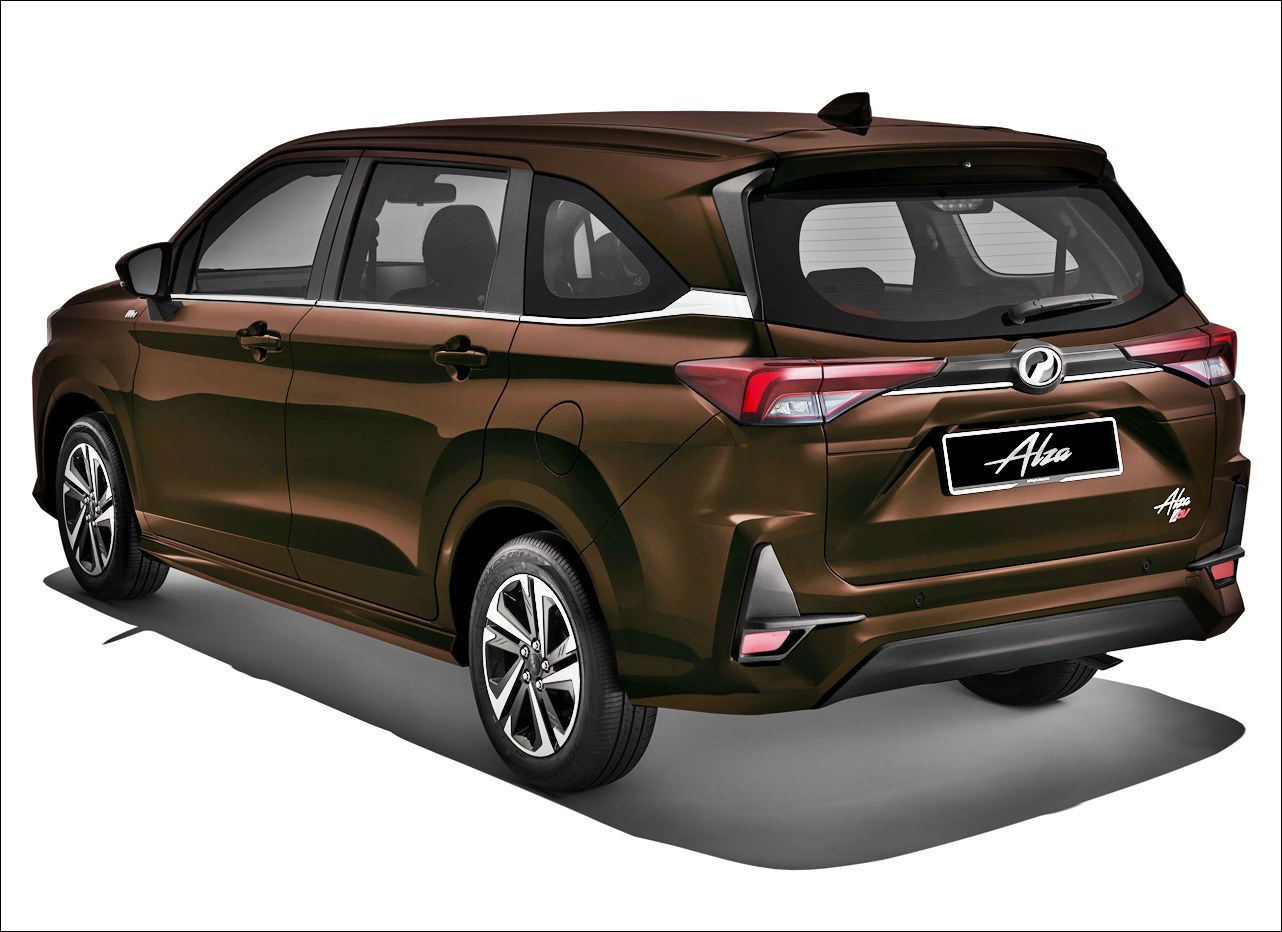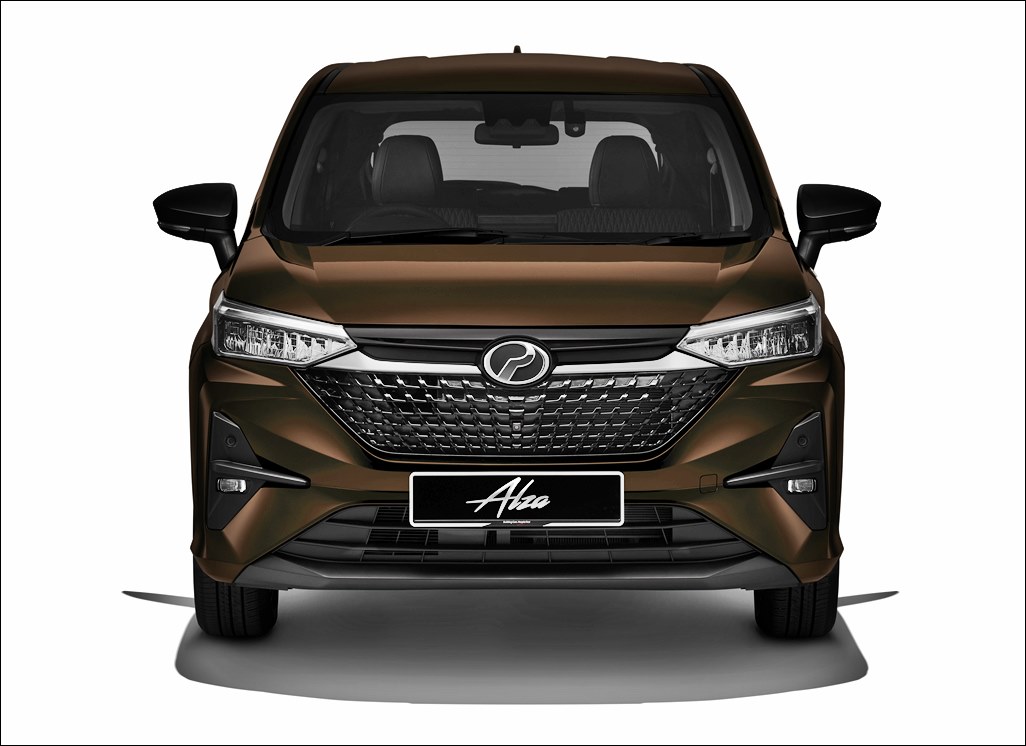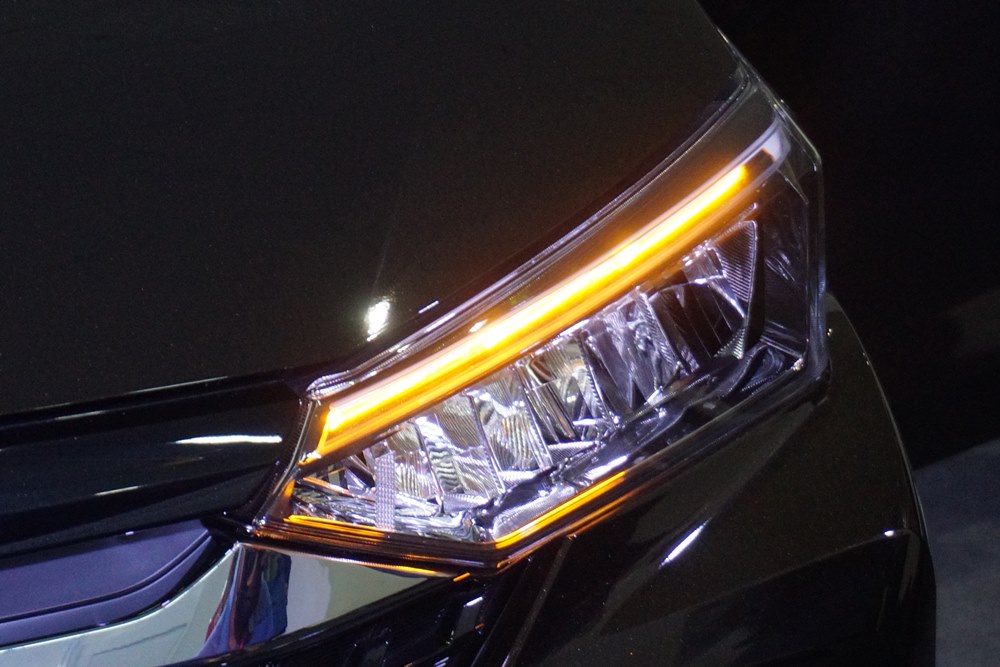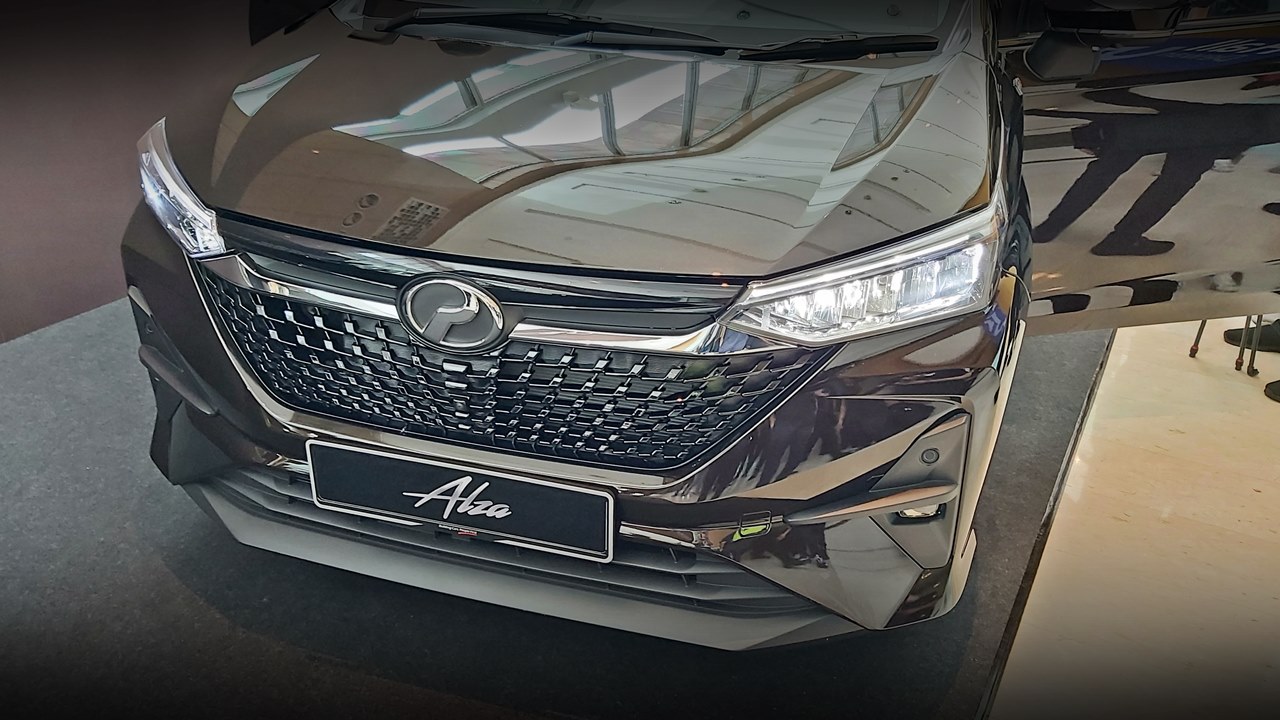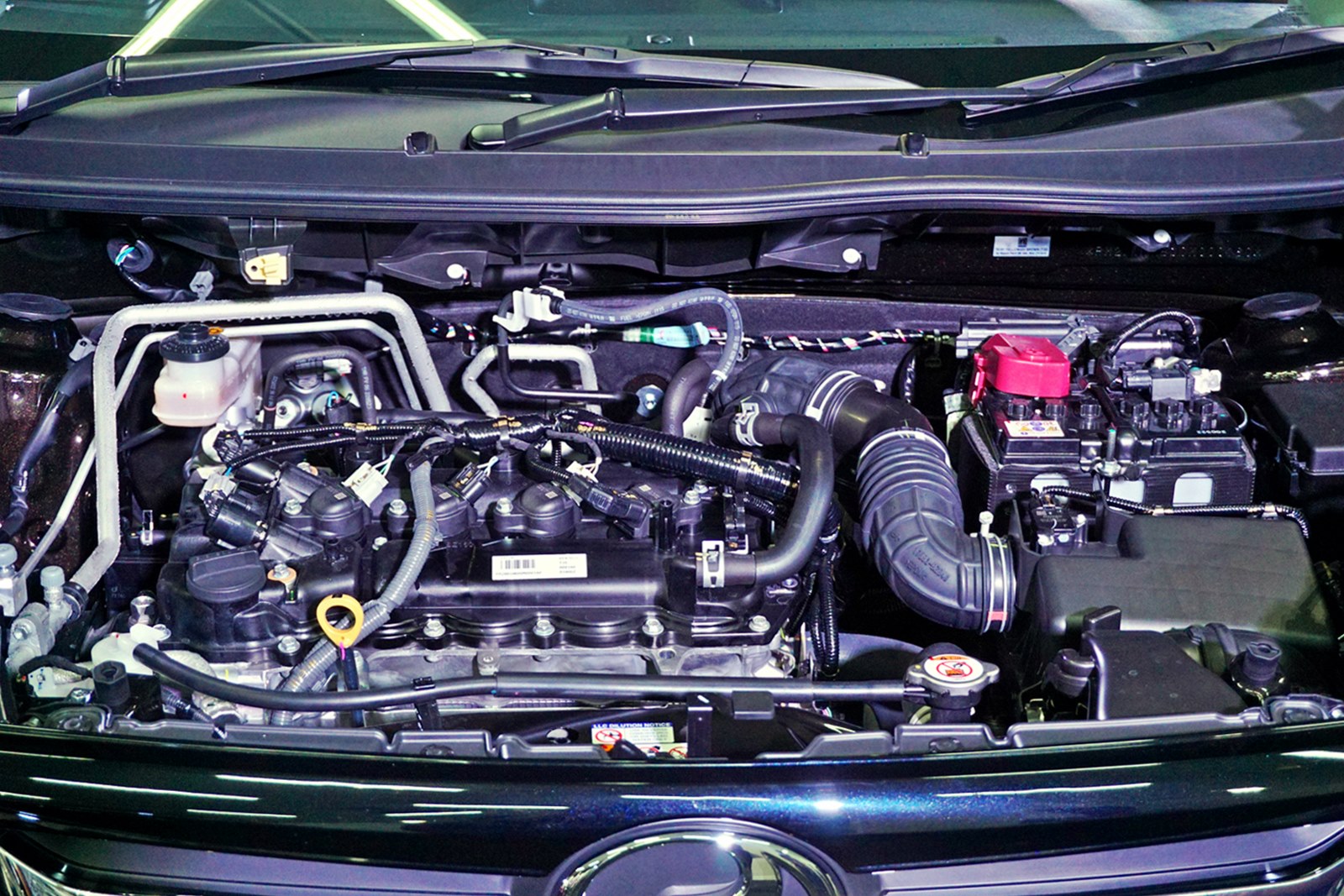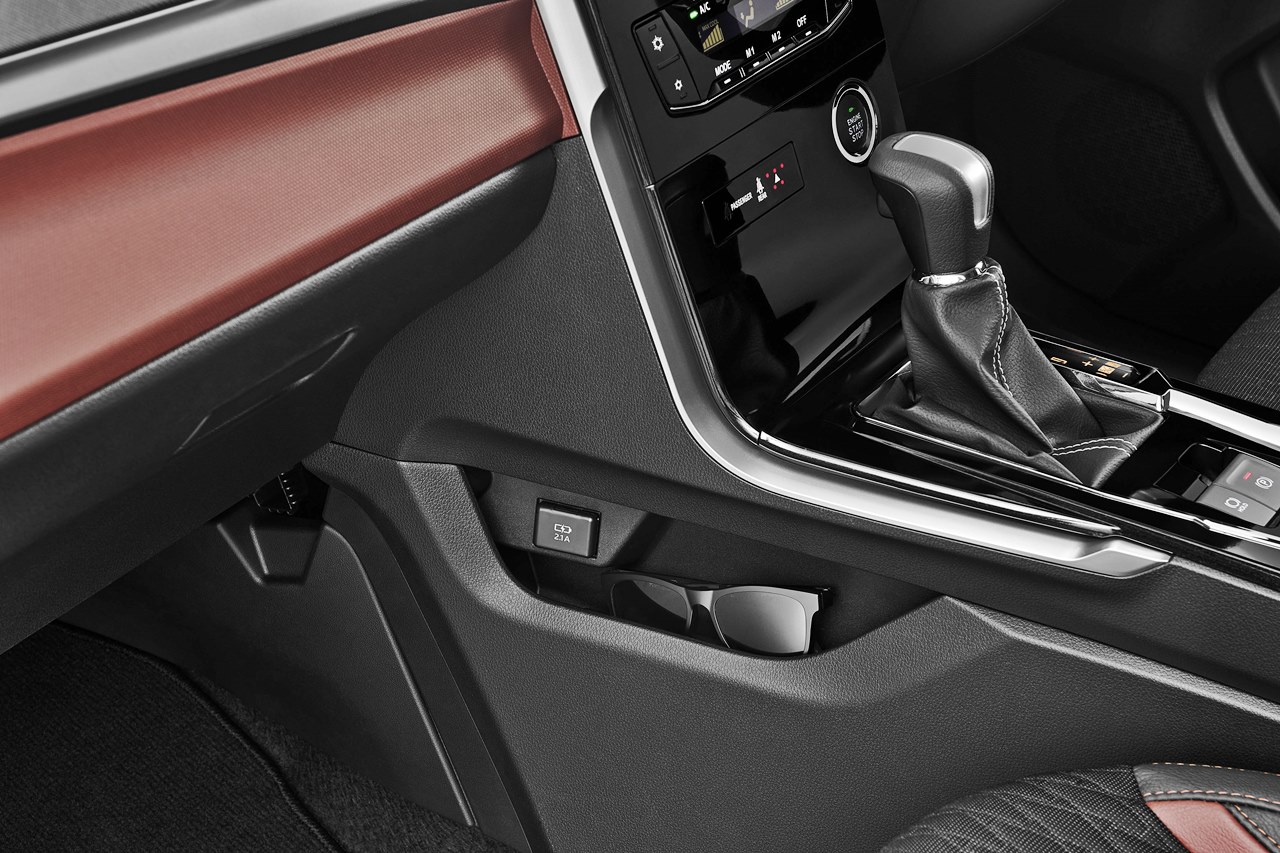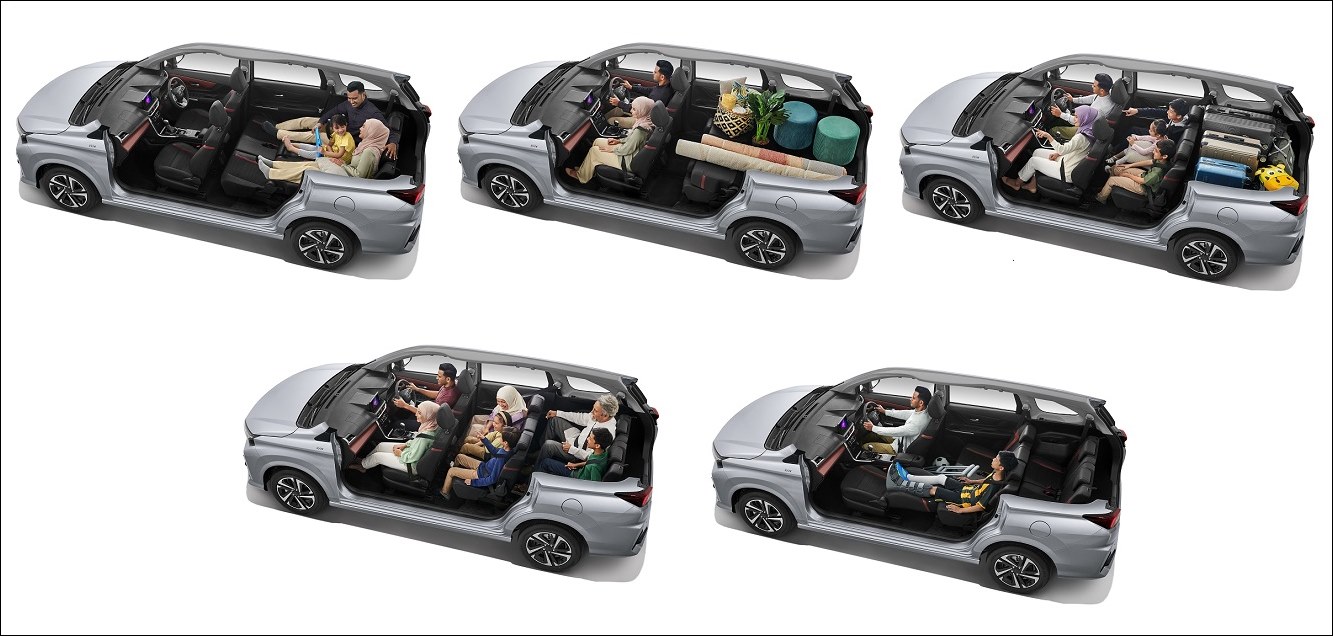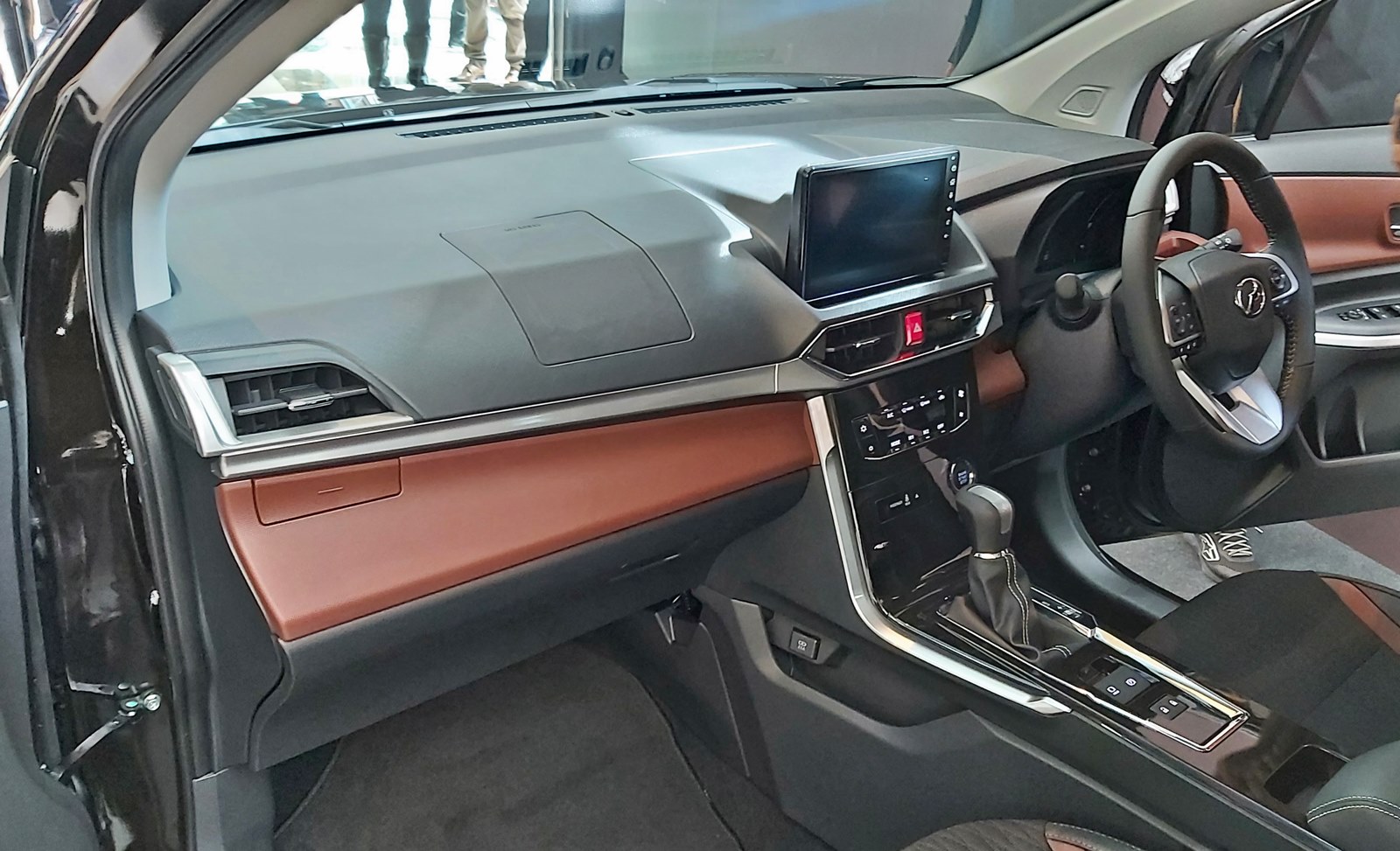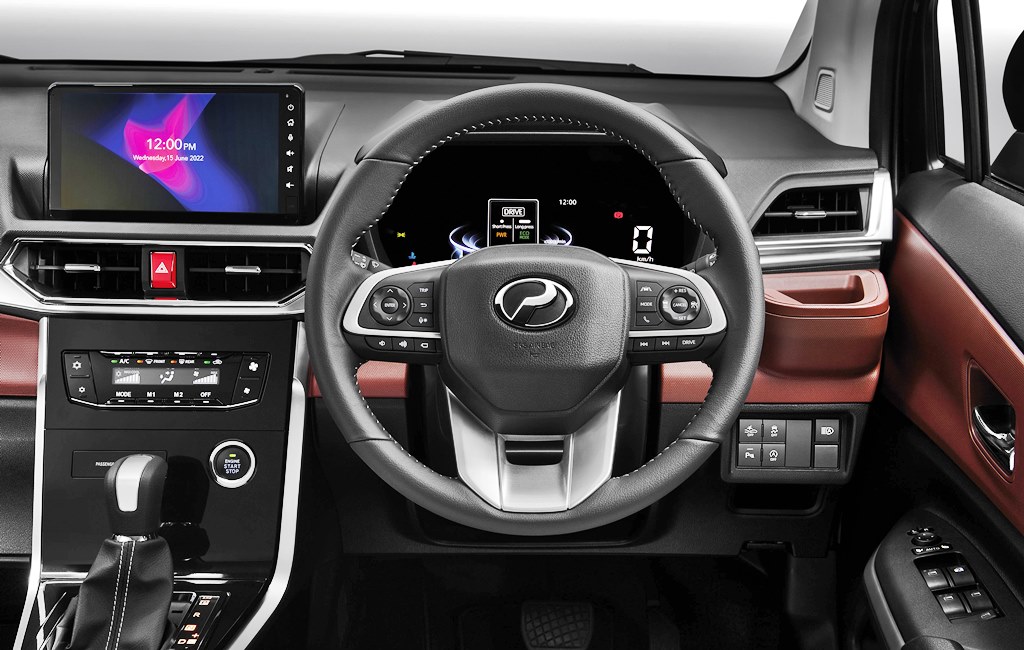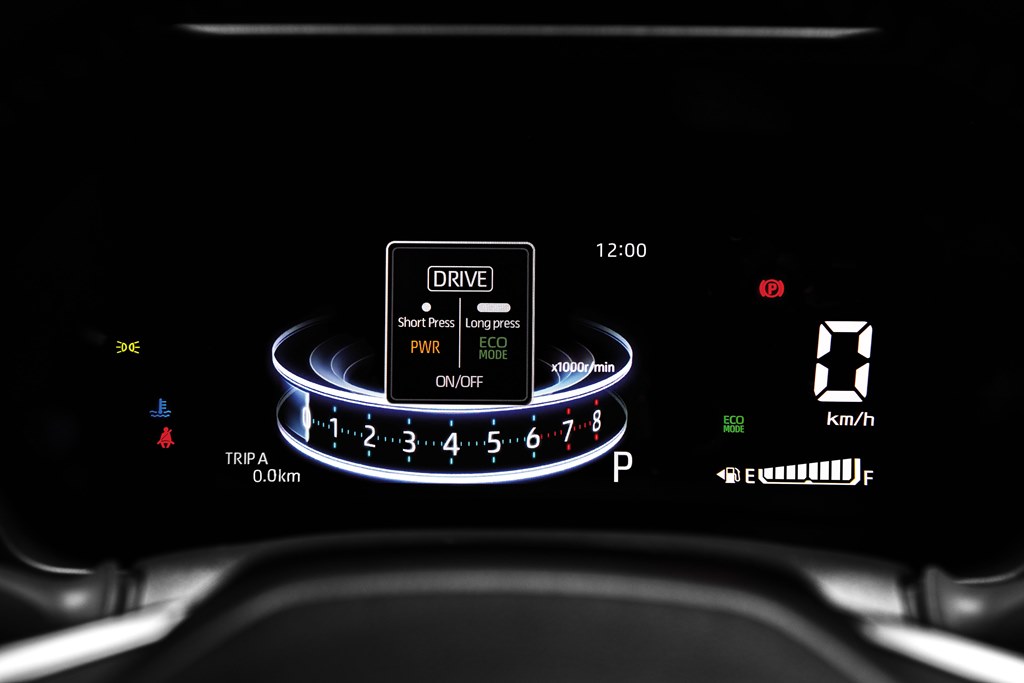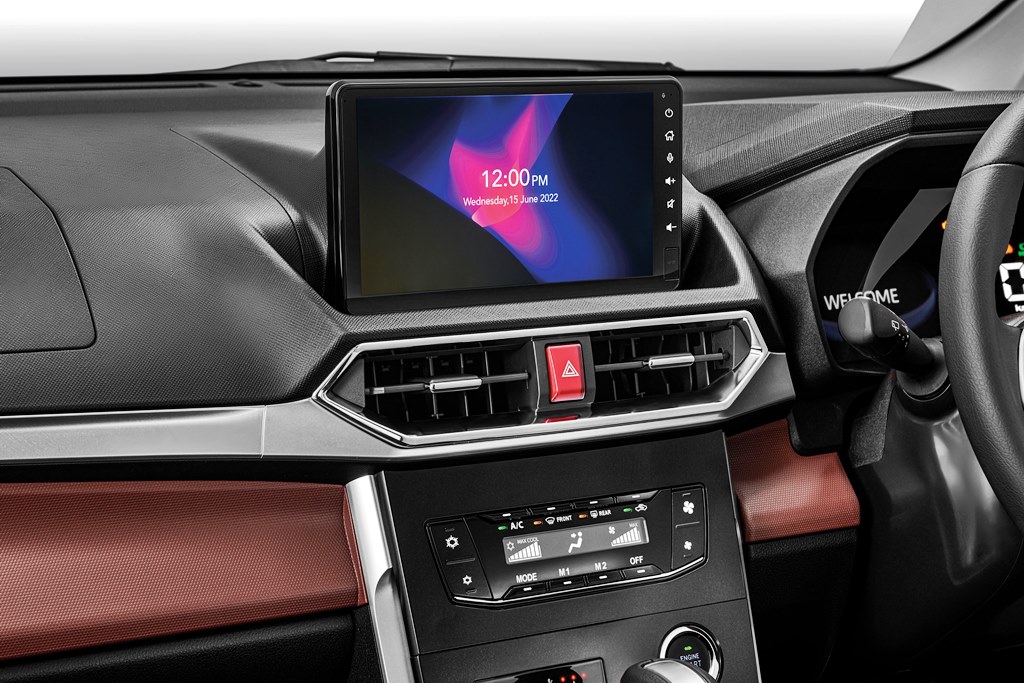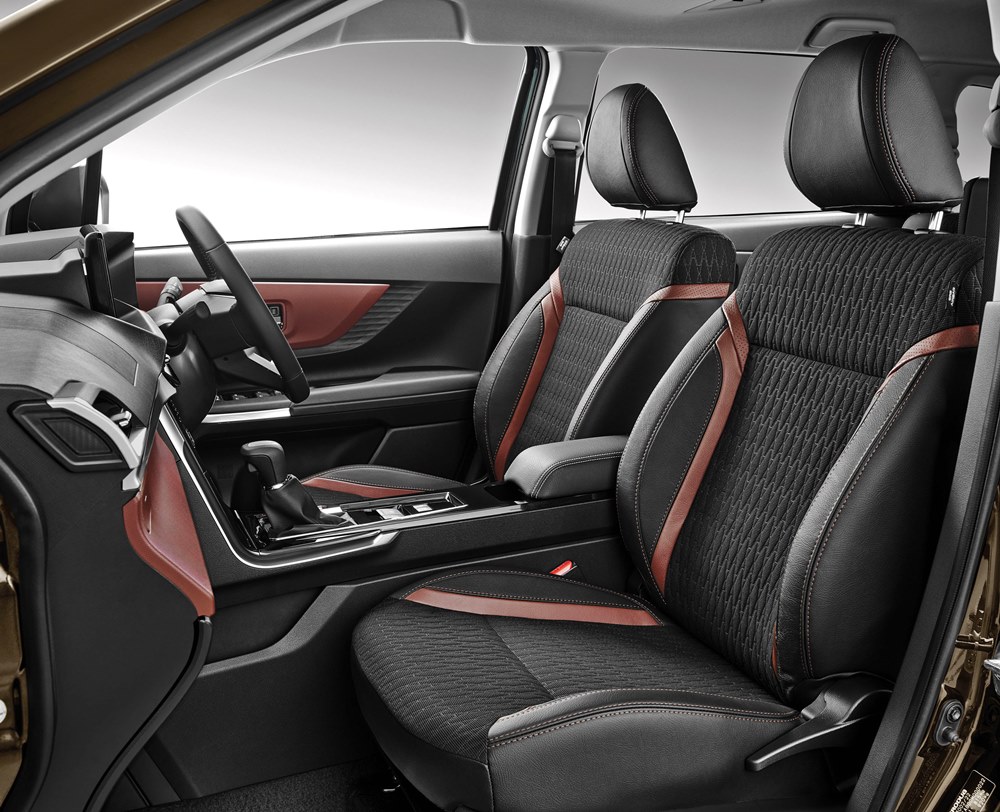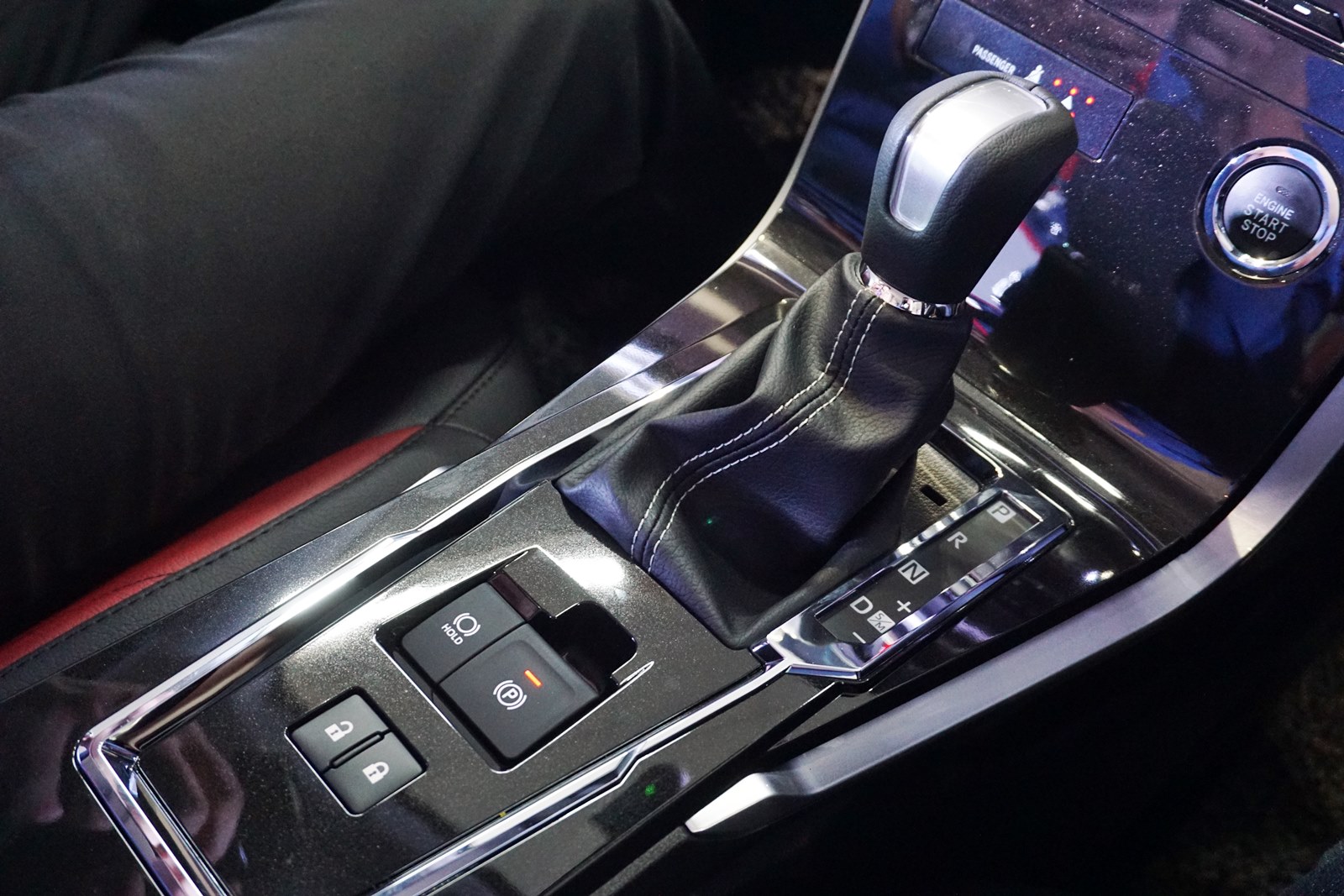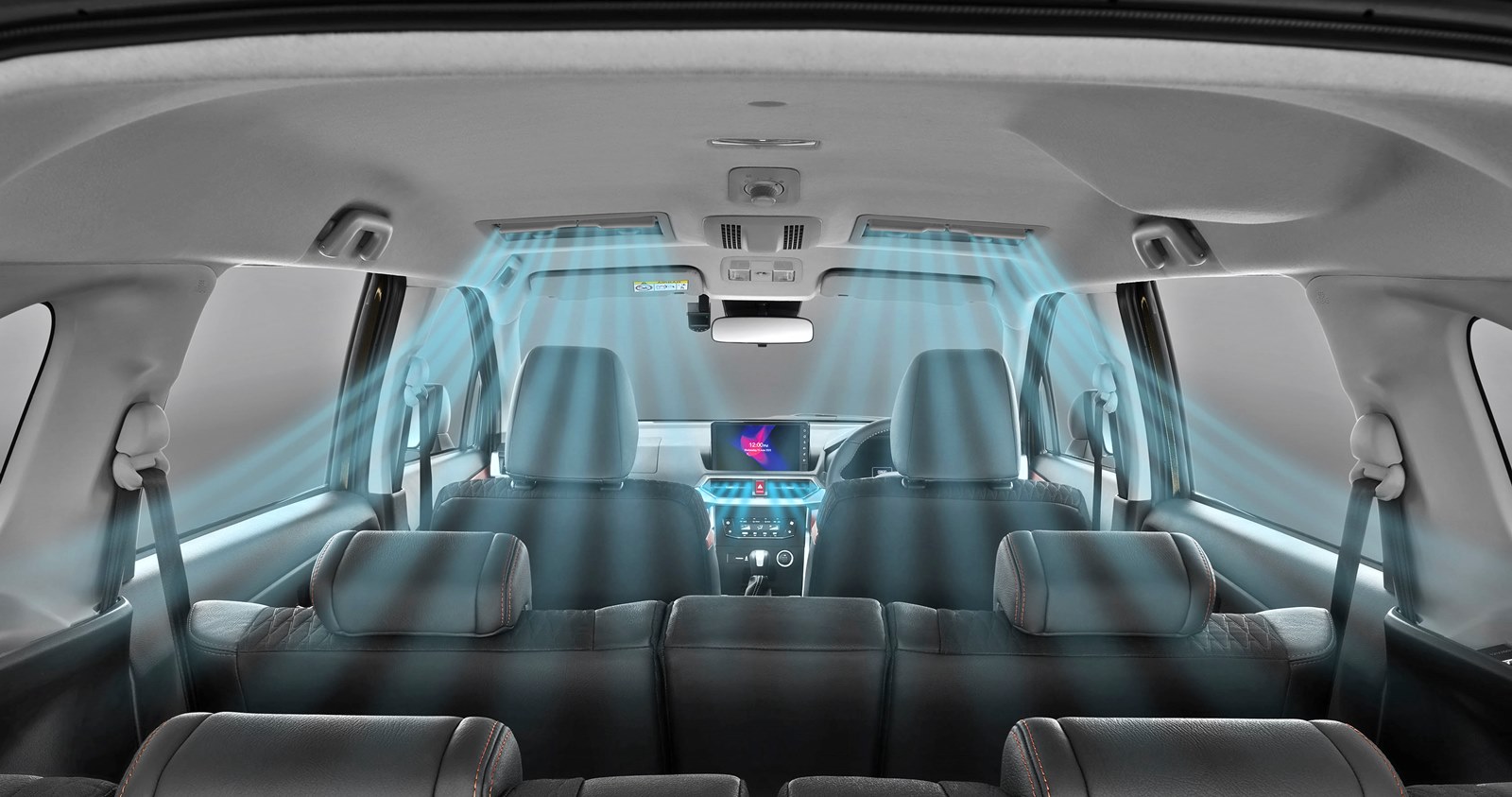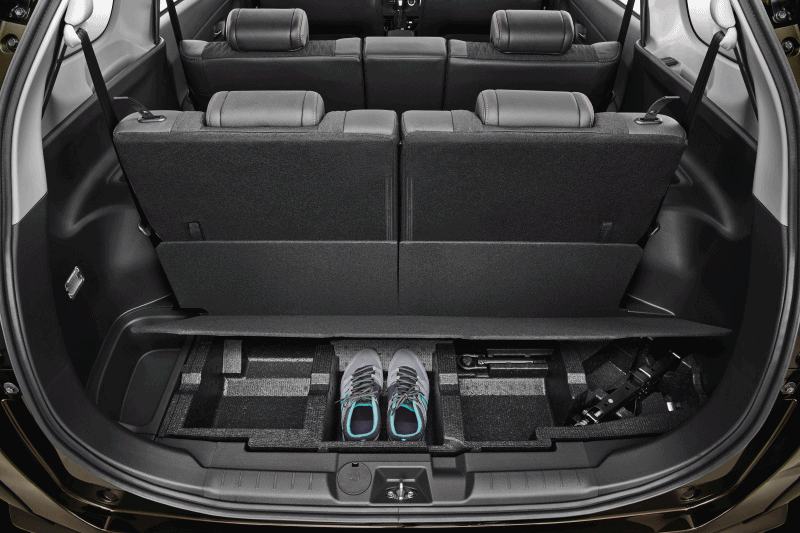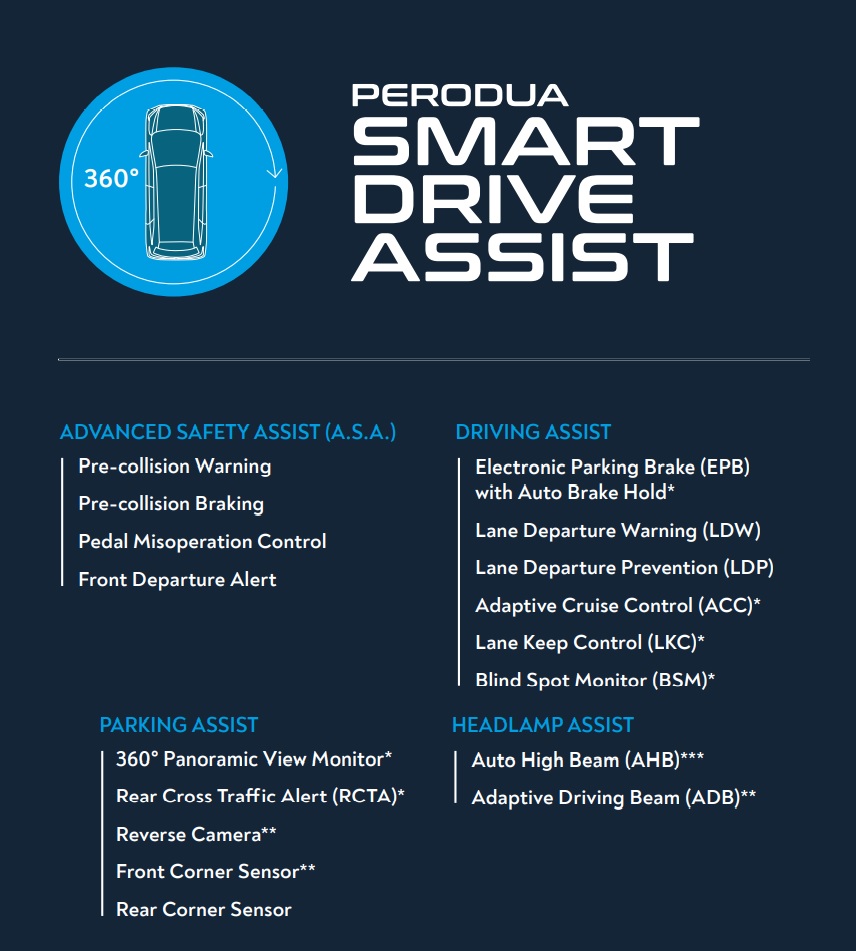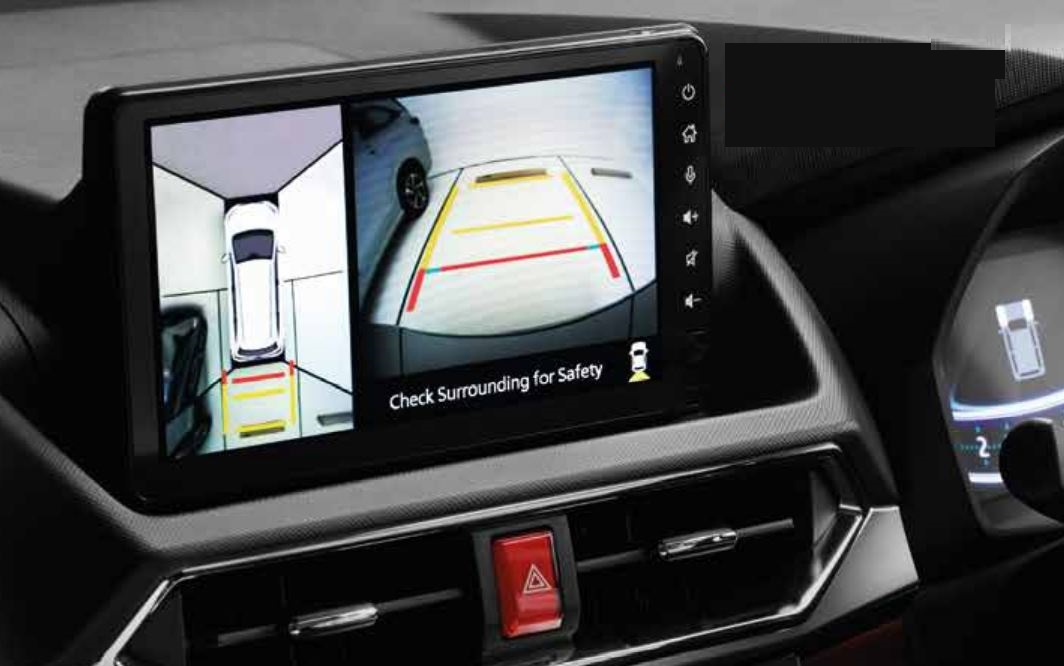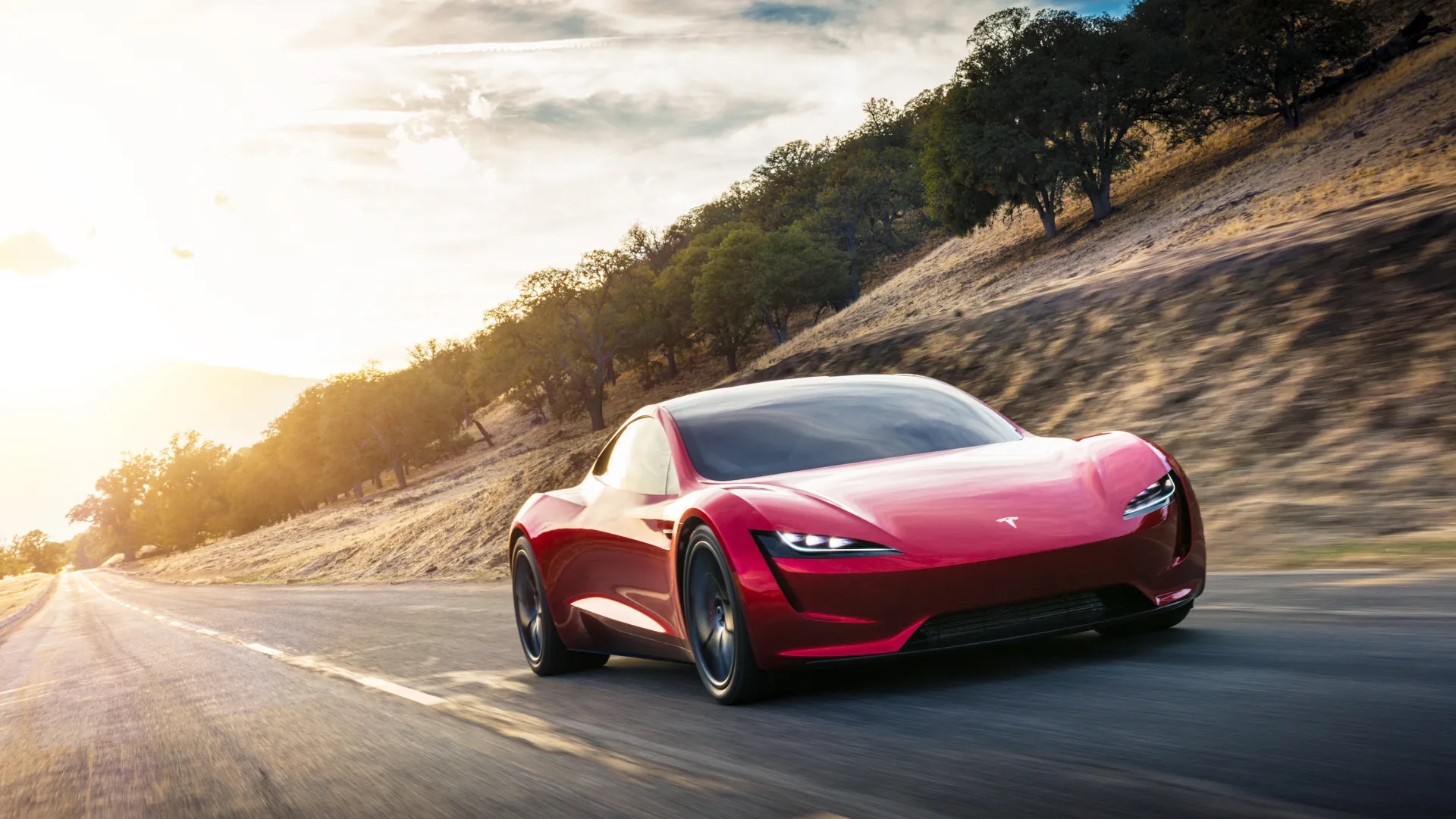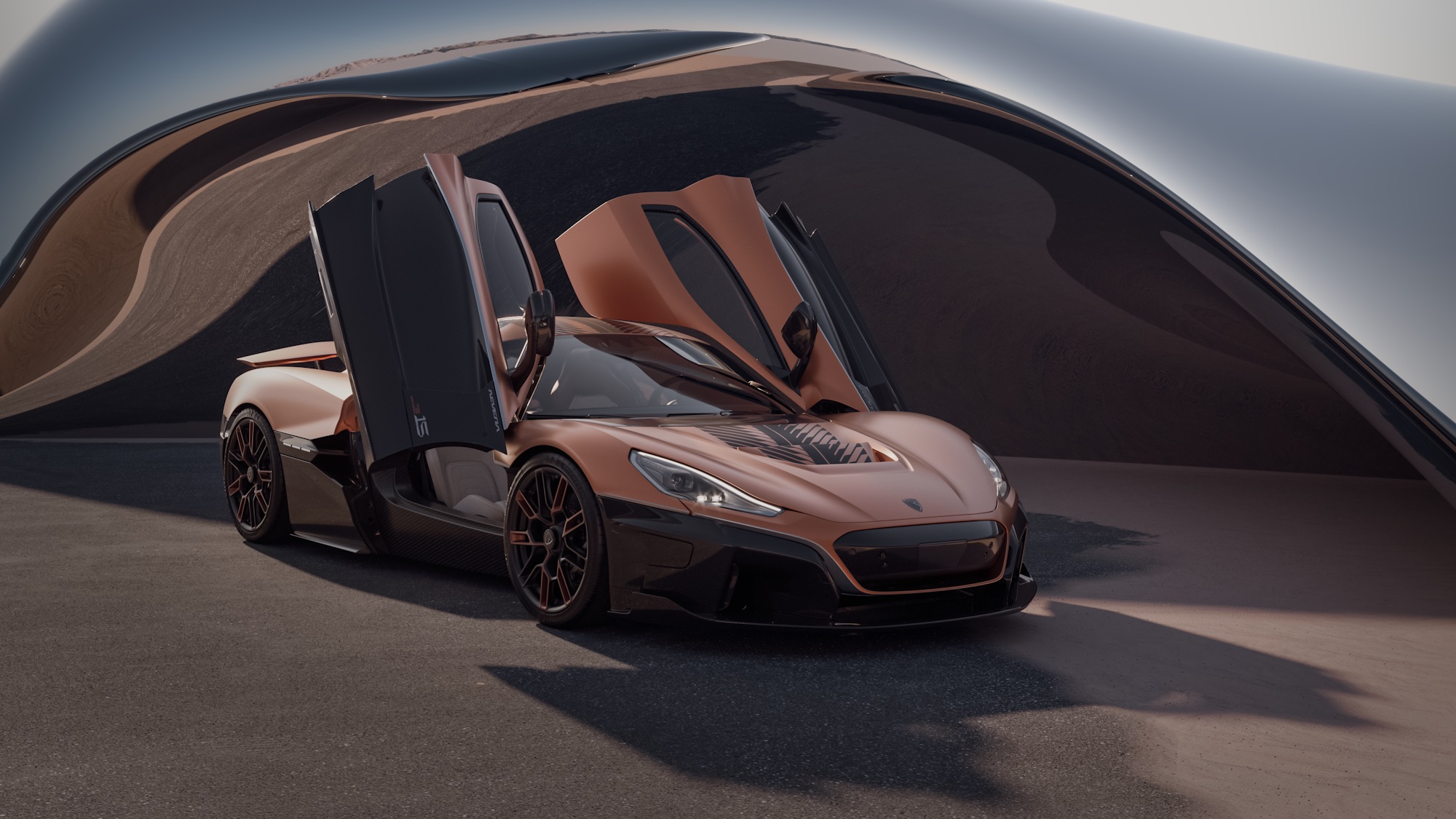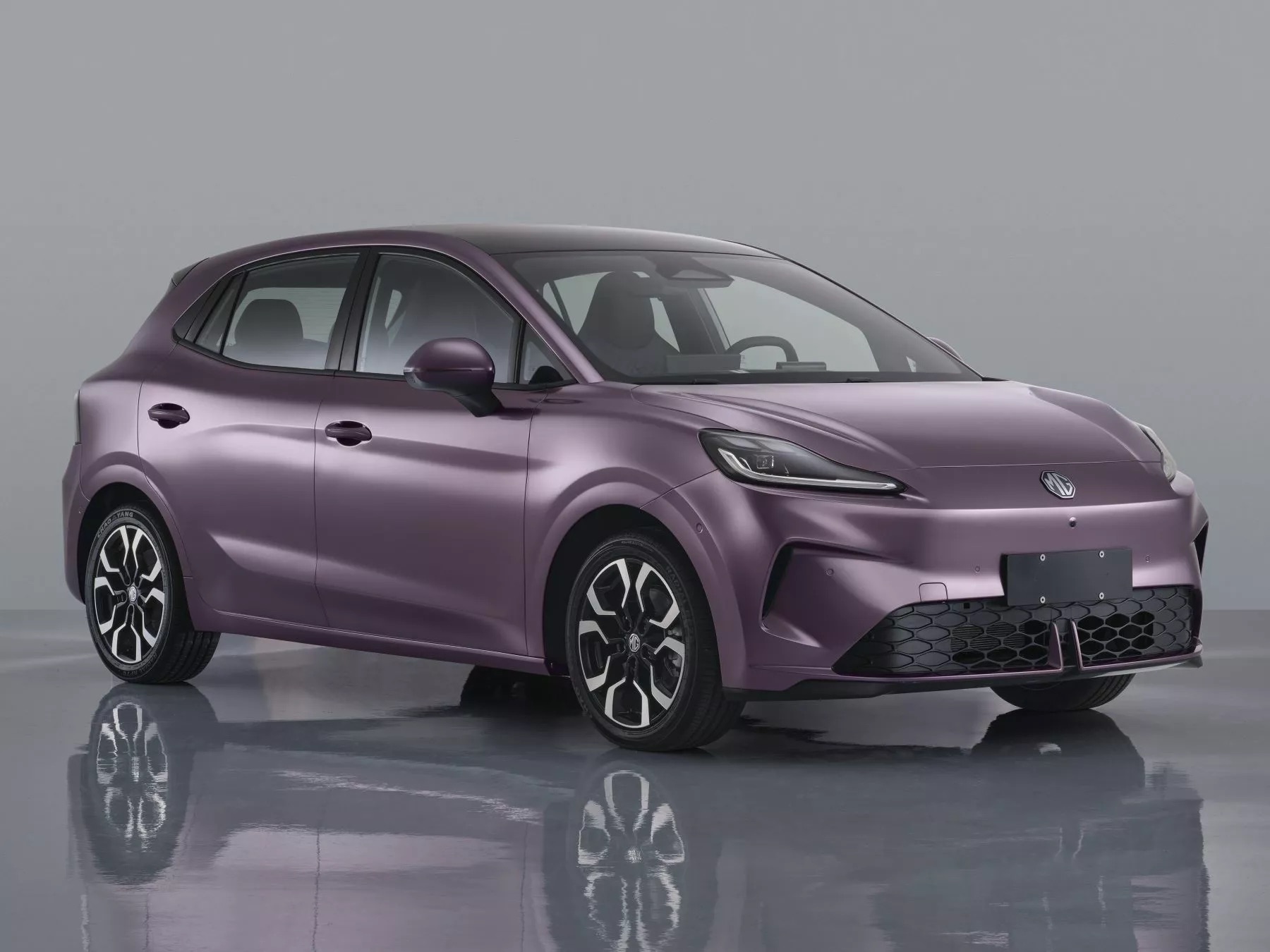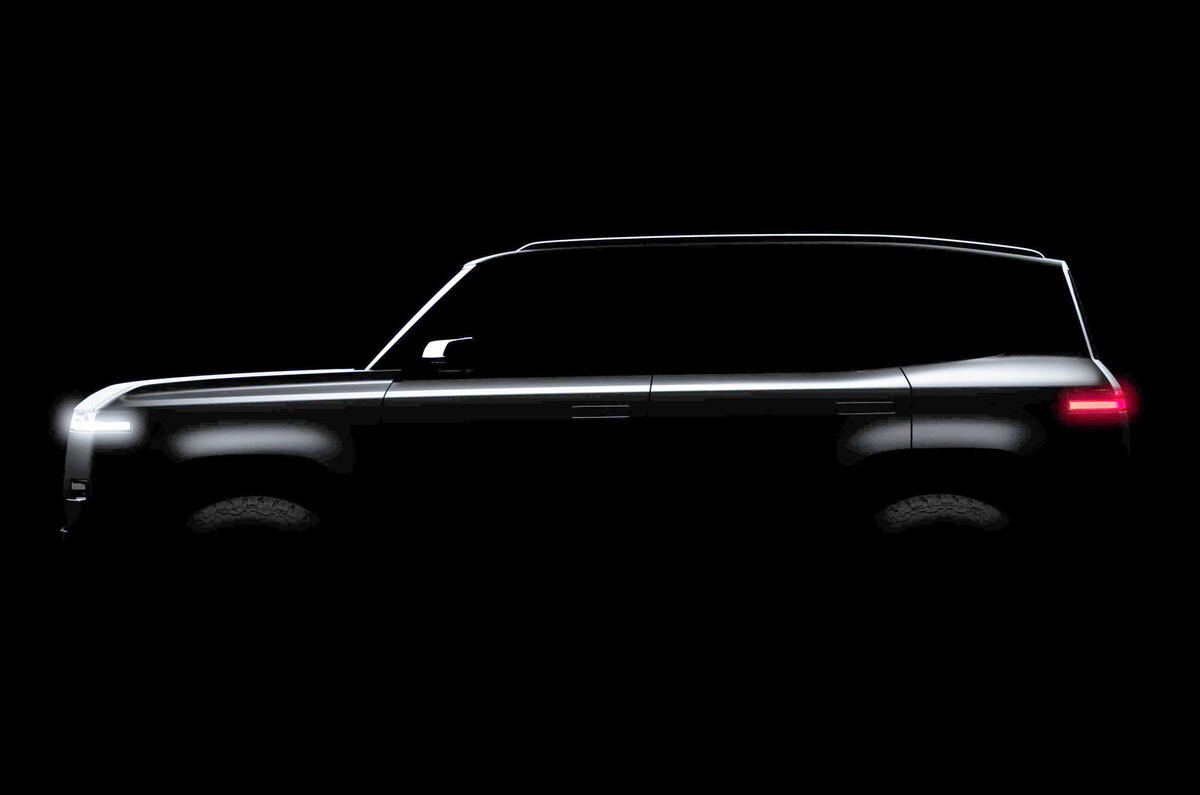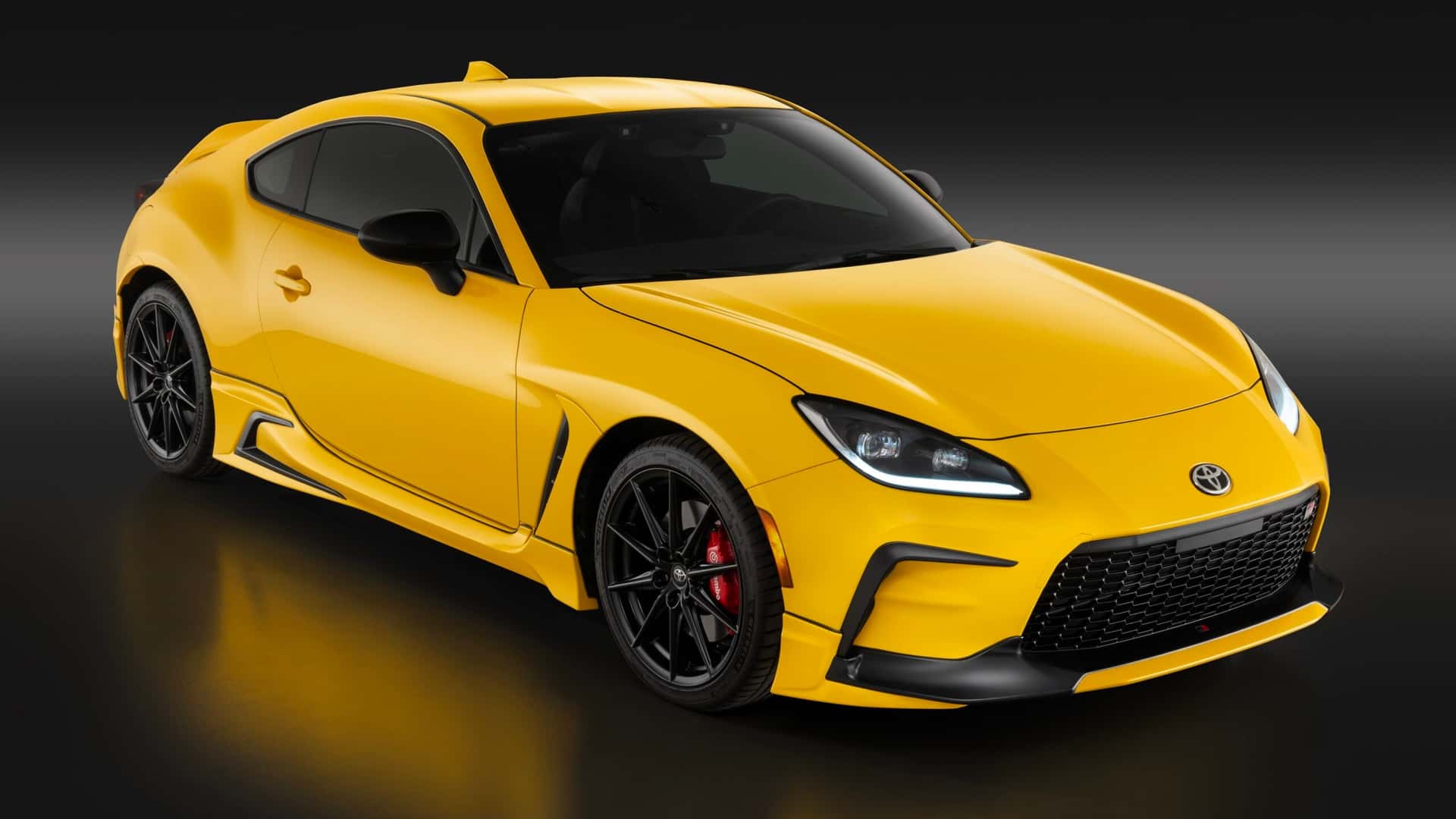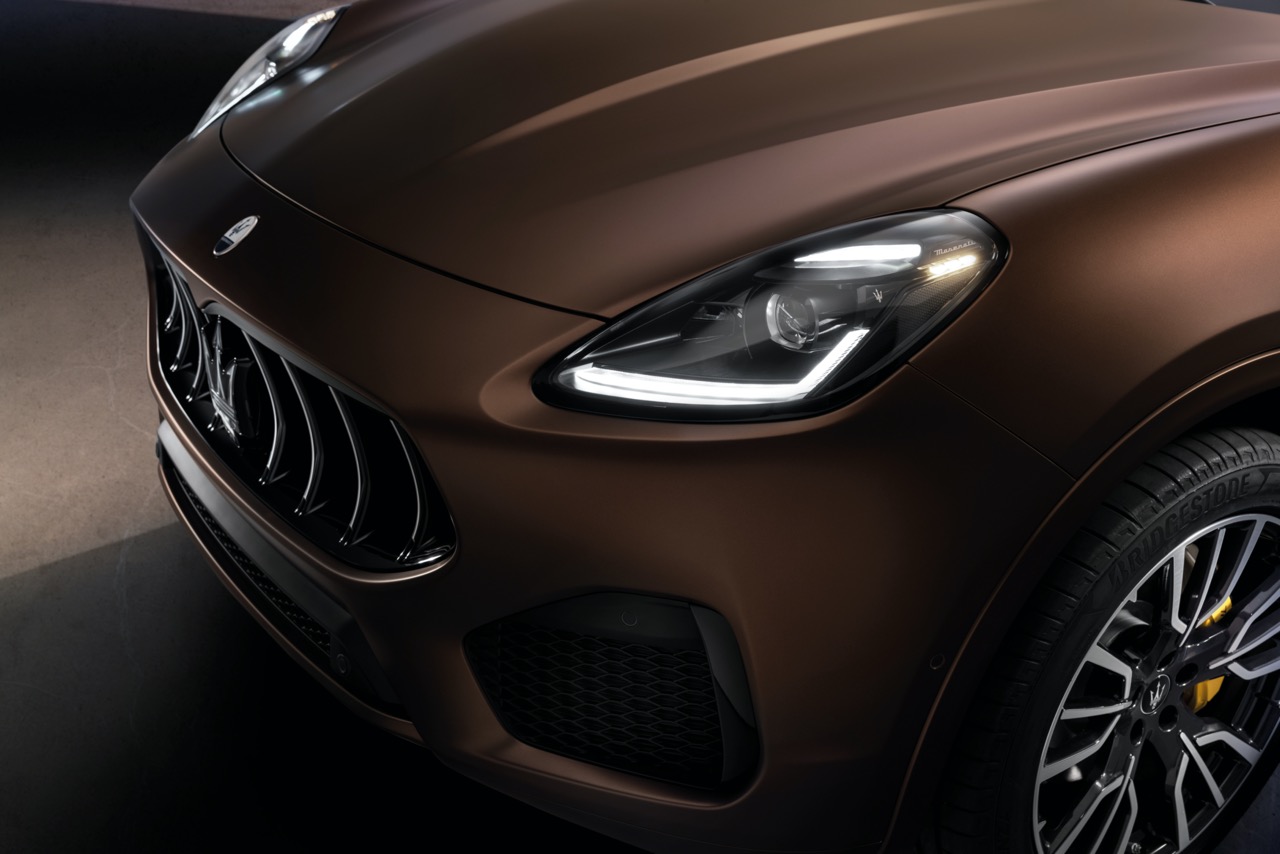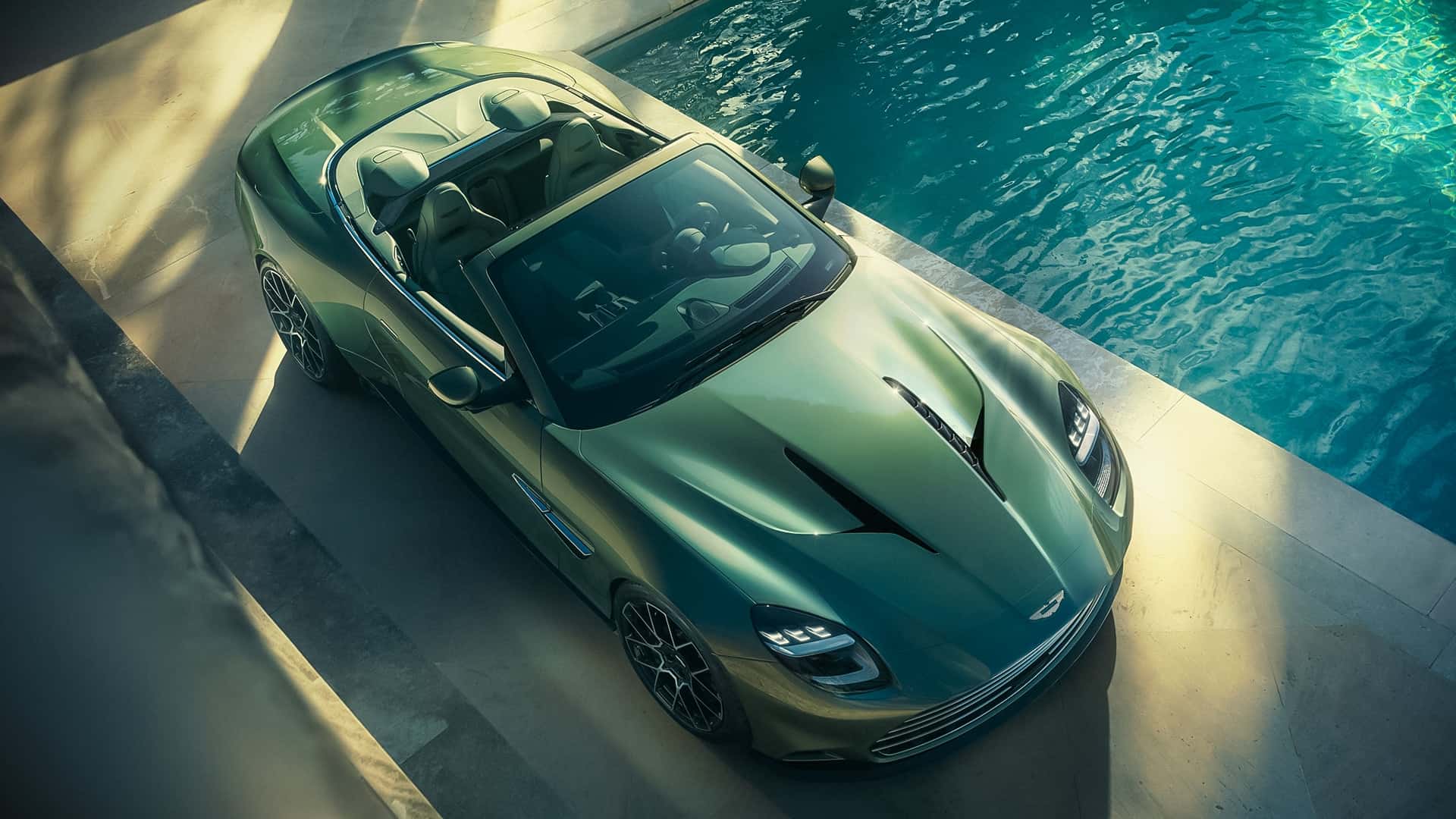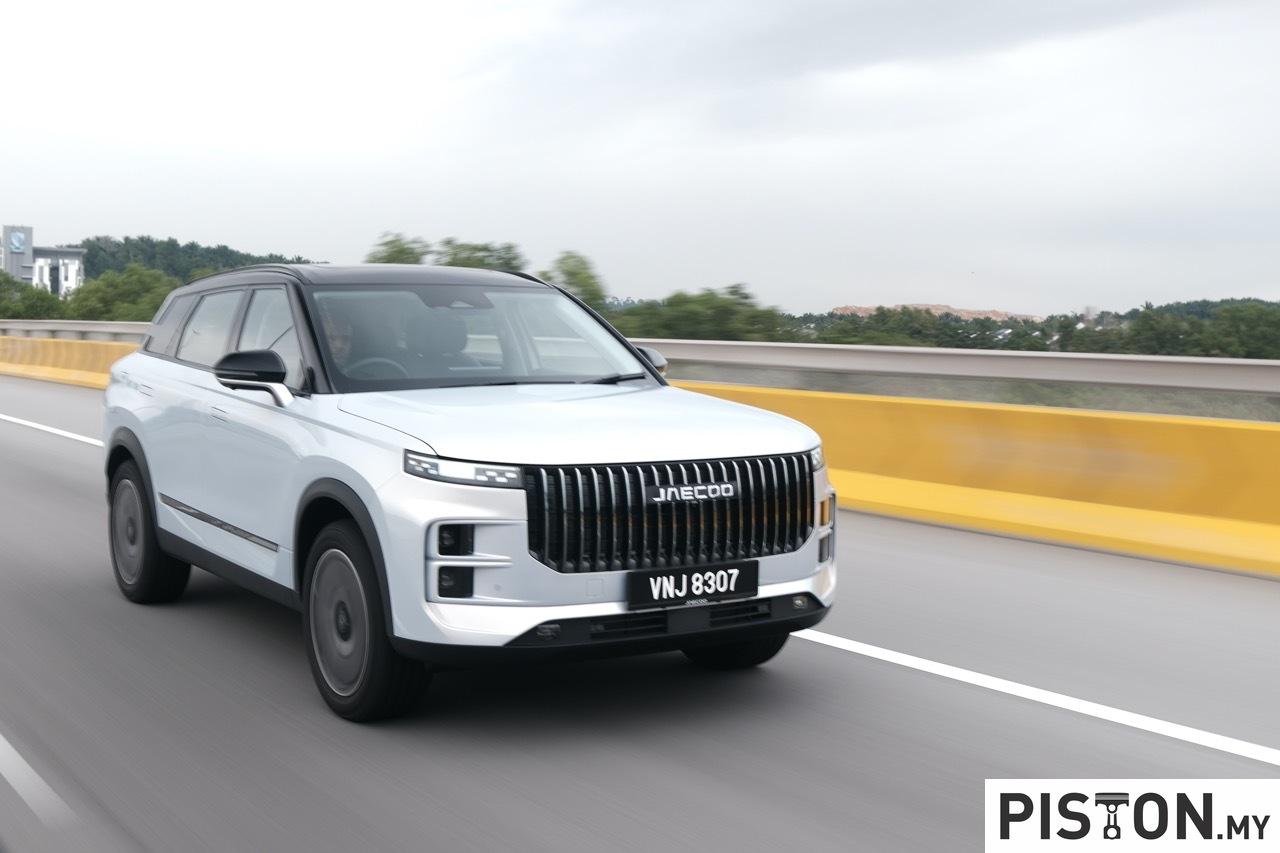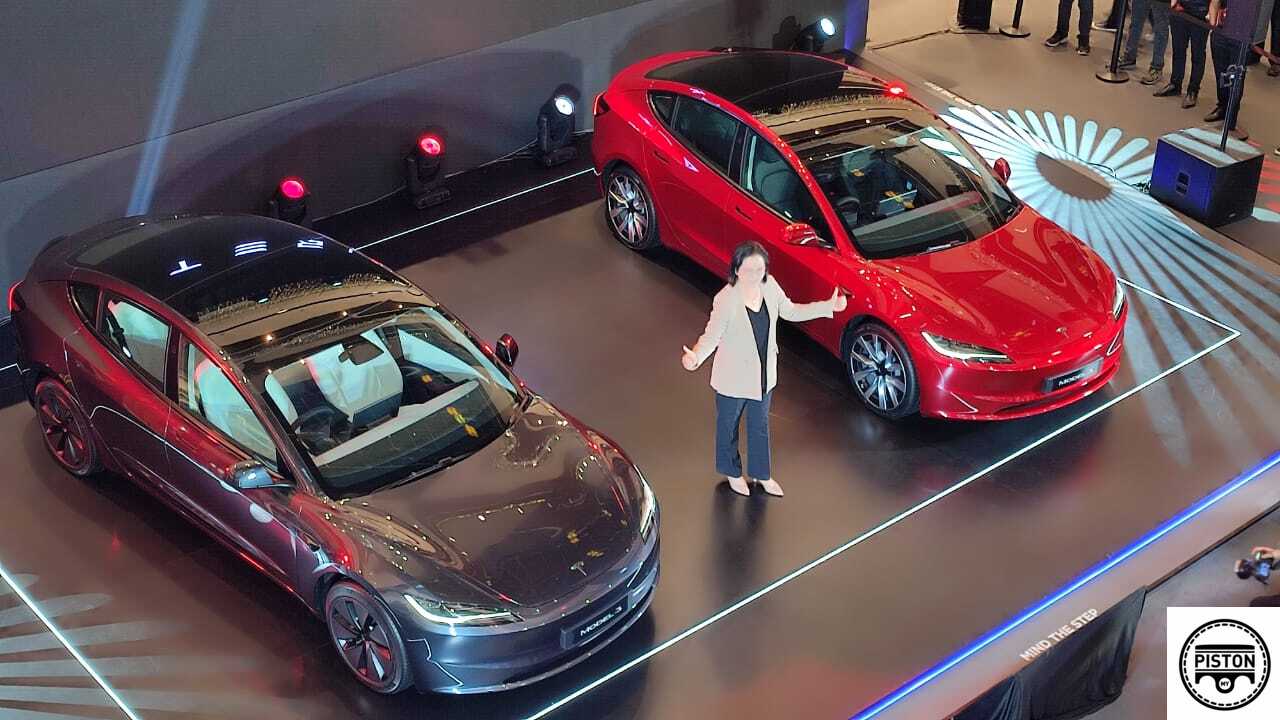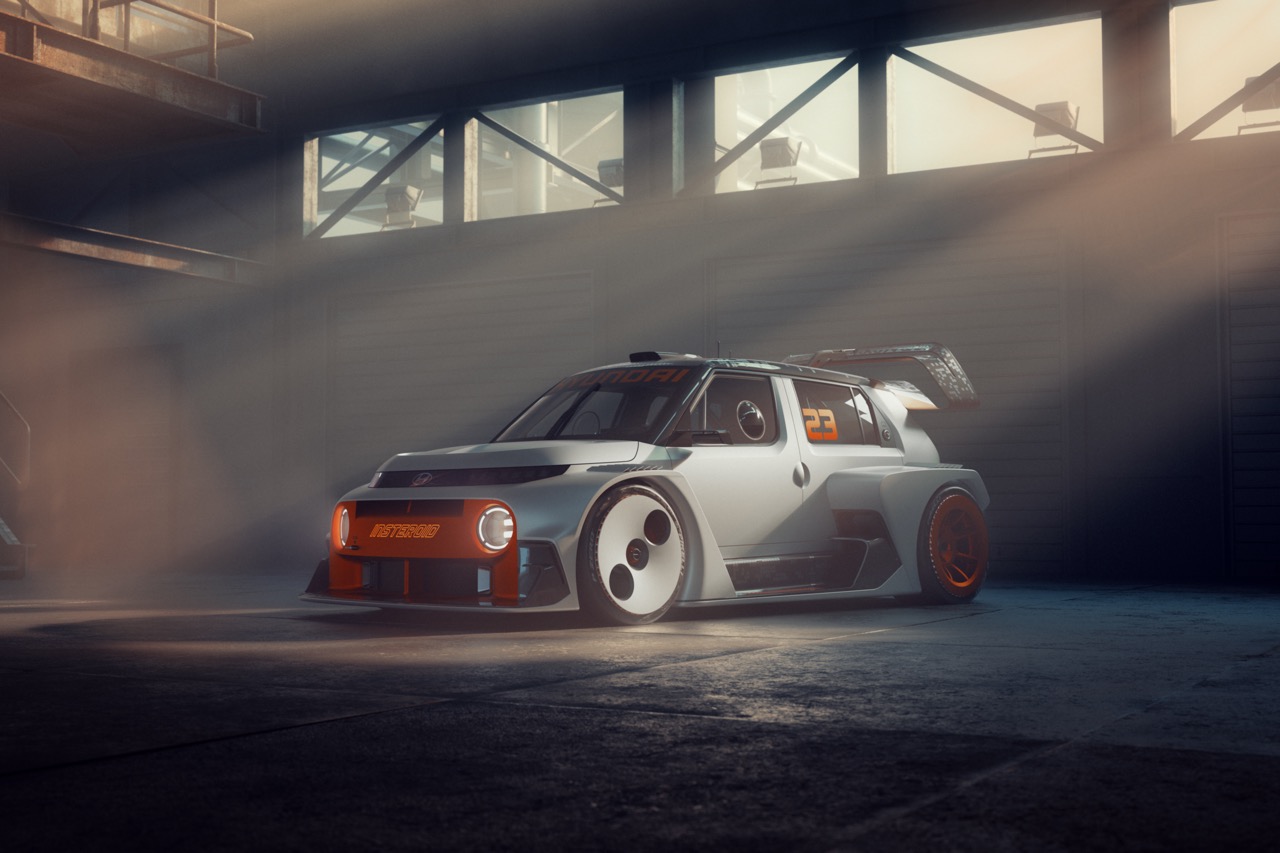After 12½ years, the second generation of the Perodua Alza has finally been launched. It’s a long time for a product to be in the market as normal cycles are around 5 years. However, during the lengthy period of production, the small MPV held a share of between 39% to as high as 61% of the MPV market in Malaysia as it was sold at an attractive price point.
Perodua doesn’t commit to a model without good data that indicates its potential, and whether to have a second generation of the Alza was debated for a long time. This was because of the rise of SUVs and carmakers go where the biggest numbers are, especially for a major player like Perodua. Without a substantial volume to enable it to be priced competitively, it would not justify the investment.
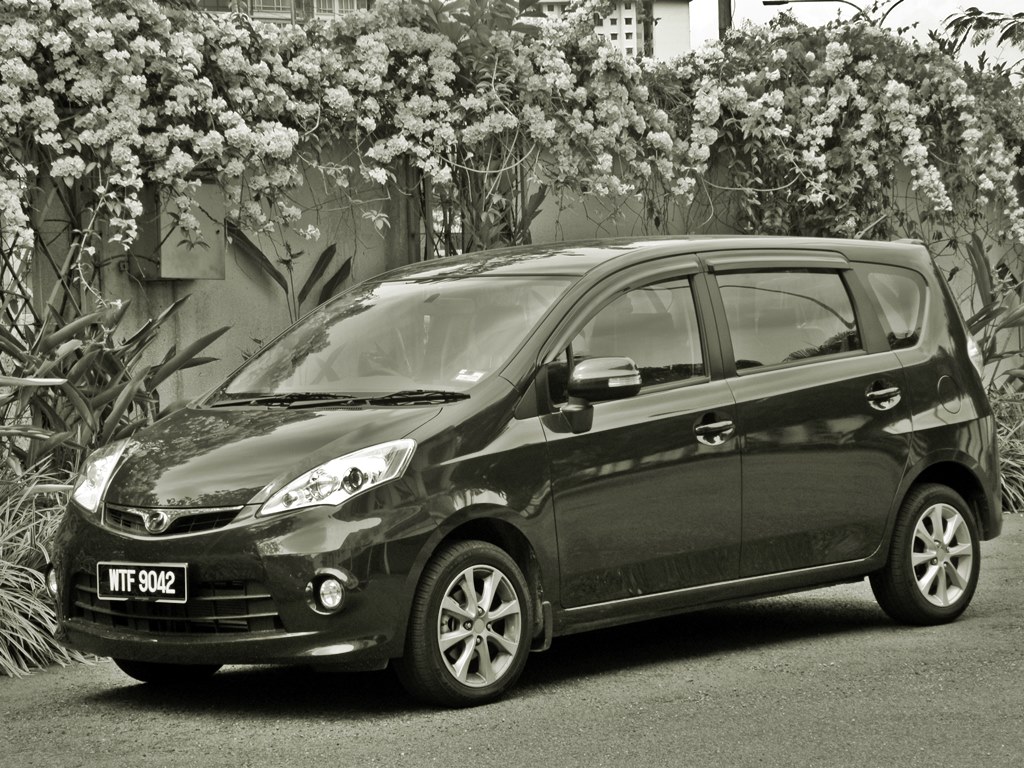
Sharing development and costs
However, being in partnership with Daihatsu also has opportunities to be involved in joint development of models. This is a common practice in the industry as carmakers can share costs, and developing a new model does cost a huge amount of money. In this case, not only could Perodua share costs with Daihatsu but also Toyota for a new model that would come to be called the Xenia with a Daihatsu badge (mainly for Indonesia) and a Veloz with a Toyota badge – and an Alza when sold as a Perodua. And the total volume for the model would also be very much larger, making for good economies of scale.
While the main engineering work, architecture and drivetrains are common, each company has also done its own work on the design to have differentiation. Perodua has been growing its expertise in designing the upper body on its own since the first Myvi, and today, it can do even more. Thus while the new Alza may have similarities on paper to the Toyota and Daihatsu versions, it is also a model on its own.
RM770 million investment
To achieve the differentiation and also make the necessary investments in the factory cost Perodua RM770 million. The project, internally designated ‘D27A’ took about 4 years and in that time, the model was also prepared to have up to 95% of its parts sourced locally. This meant early and close collaboration with many suppliers around the country, including the powertrain factory which is in Negeri Sembilan.
When it comes to pricing its products, it’s always been a challenge for Perodua, being a Malaysian carmaker. Malaysians expect that because it is a ‘national’ carmaker, it should be able to offer cars at low and affordable prices. After all, that was one of the reasons for having the National Car Project and over the years, Perodua has done its best to keep prices down and enabled millions of Malaysians to own a new car.
With the Alza, the model started in 2009 with a price range from RM55,200 to RM68,000 for 3 variants. As the costs were gradually amortised, the company reduced prices in 2014 (instead of making more profit), with the top version costing RM4,500 less. By 2018, the Alza had been in the market almost 9 years and there were newer rivals so Perodua looked for ways to reduce its costs and adjusted the prices downwards slightly. The model would maintain its popularity and almost 400,000 would be sold by the end of production.
As shown on the pricelist above, the prices of the new Alza start at almost the same level (RM62,700) as the top version of the previous generation. But remember that this is 2022, and everything costs more (as any grocery shopper will tell you). The previous Alza had production costs at levels over 10 years ago and the new one starts with a new cost base – plus the fact that it also gets a lot of new technologies. Hopefully, Perodua will do the same thing over time and either maintain prices or even bring them down if possible.
Over 30,000 orders
Bookings have been accepted for the new Alza since June 23 and in 27 days, over 30,000 orders have been received nationwide – its highest ever. That’s an average of over 1,000 orders daily, although many may have quickly put their order in before the expiry of the sales tax exemption at the end of June so they could save some money. Perodua did not say how many bookings were received before June 30, but the government has allowed the sales tax exemption to be given to those customers if they can register their vehicles not later than March 31, 2023.
Perodua is known to usually build up a large volume of stocks before launch so they can quickly start deliveries. With production of the new Alza having started in June and a targeted volume of 3,000 units a month, the already large number of orders means that the waiting period could stretch to 10 months.
Will it be worth the wait? Here’s where we tell you all about the new Alza…
The Alza sits on a DNGA platform which is also used for the Ativa. It’s a platform and architecture that is standardized but also variable in some aspects so that it can be used for different types of models. In this way, many things can be shared to reduce costs while the bodyshell can be different.
A larger MPV
Compared to the previous Alza, the new one is much larger. With an overall length of 4425 mm (+205 mm) and width of 1660 mm (+35 mm), it covers a road area that is 3% larger. Interestingly, though, the wheelbase is still the same at 2750 mm. The larger size is also complemented by additional height and the new Alza’s roofline is 50 mm higher than before.
The ground clearance is interesting as it is more like a passenger car’s. With development of the model taking into consideration the Indonesian market where generous ground clearance is preferred, the 160 mm for the Alza is different from what is usually seen in the popular MPVs which are over 200 mm to cope better with rough roads and floods.
This shows how Perodua has been able to ‘Malaysianise’ its product according to local preferences, a contrast to the earlier years when they had to accept whatever specification was decided upon. In fact, this autonomous approach started with the current Myvi where Perodua was able to convince the Japanese side that the suspension settings need to be different for Malaysian conditions. It was a difficult pitch but proved to be the right one as the ride and handling of the car are appreciated by most drivers.
More expressive design
For styling, the areas which Perodua’s designers have been able to alter are basically at the ‘apertures’ – the openings for the grille, lights, etc. This is where they have given the Alza a different grille theme from the other models. But the many different angles of the surfaces make for a fussy appearance which is more apparent with light colours and less so with the dark colours. It’s probably what the designers call ‘expessiveness’.
The headlights are LED units so they use less energy, last longer and light up faster. Taking the Alza a notch up in its segment are the sequential signal lights at the top of each headlight unit. While they aren’t as fancy as those on some German models, they are nevertheless eye-catching and something special for this class of cars. At the very least, they give a visual signature that will identify the Alza from afar.
New, more efficient engine
The Alza continues with a 1.5-litre powertrain but while the displacement is the same as before, the engine is completely different. The previous engine was a 3SZ-VE with DVVT (Dual Variable Valve Timing) but the one in the new Alza is a 2NR-VE which DVVTi (the ‘i’ meaning ‘intelligence’). Being a newer engine with more recent technologies, the 2NR-VE has higher output of 106 ps/138 Nm, while the previous engine produced 103 ps/137 Nm. The extra power provides better performance as, in spite of its larger size, the new Alza weighs only 10 kgs more.
With the Dual Mode CVT (drivers can also shift manually), the Alza is claimed to be able to go up to 22 kms per litre. That‘s 65% better than before and based on the current fixed price of RON95 petrol, it should cost less than RM40 for a trip from Kuala Lumpur to Penang.
The driver now has the option of going a bit further with each litre of petrol or having a sportier drive. It’s difficult for engineers to give both so it’s up to the driver who can just press a button to select ECO or POWER mode, and the engine characteristics will be adjusted accordingly. For daily driving, the NORMAL (default) mode would be best as it gives a balance of power and economy.
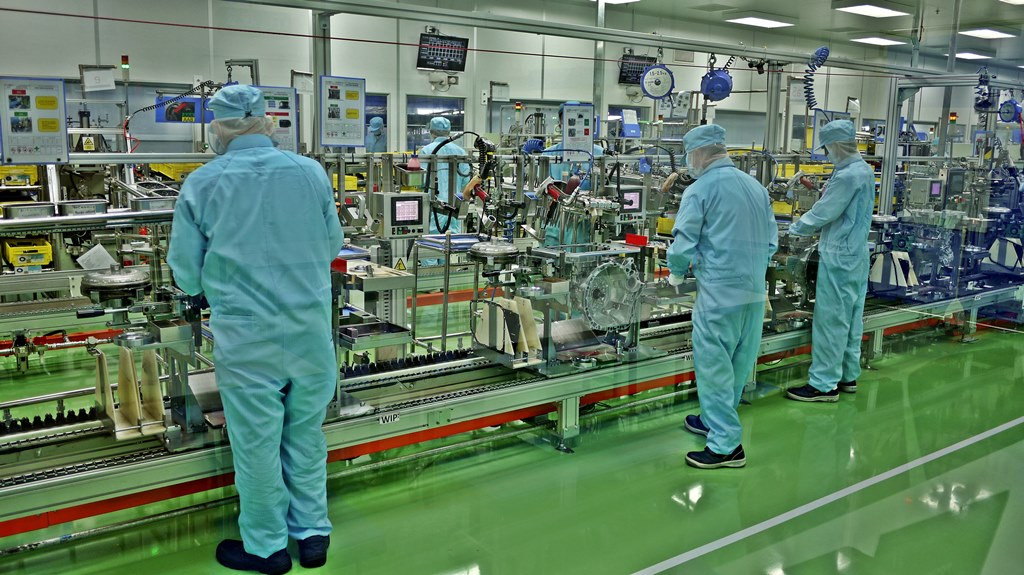
Both the engine and the CVT are made at factories in Sendayan, Negeri Sembilan. Because of their local manufacture, they help push the amount of local content in the Alza to around 95% which is about as high as it gets. The other Perodua models also have a similarly high level of local content.
Versatile layout for up to 7 people
The interior is what a MPV is all about, with its versatility to carry more people or more cargo, or a balance of both. Perodua’s experience in MPVs goes back to the Kenari which was then referred to as a ‘MFV’ or ‘Multi Functional Vehicle’. Since then, it has gained much experience in interior packaging to the extent that when developing the first Myvi, the Perodua team was able to exert enough influence to have the cabin size made larger than what the Japanese were considering.
For the Alza, clever thinking has again gone into how the cabin is laid out as the wheelbase is unchanged from before (but the body is larger). The interior width has been extended by 35 mm while the length is 115 mm more. That means more legroom for the people in the second and third rows, with the second row seats being positioned 90 mm further away from the front seats.
The seats can be folded in various ways individually or together. When there’s a need to carry long items, the ‘Moving Out’ layout can be used where there are just two passengers up front and a very long floor area. In the ‘Jalan Jalan Cari Makan’ layout, all three rows are used for seating and can accommodate 7 people inside. From what we experienced sitting in the third row, it’s reasonably comfortable for adults – which is not always the case in some MPVs and SUVs.
Although the ground clearance is low, the seat height is still at a level where getting in is still easy enough for older people. The doors open very wide for easy access, and a single action tumbles the second row forward for getting into the third row.
Traditional dashboard with modern looks
Up front, the dashboard follows the latest trends of having a large tablet-like display panel in the middle. There’s a big change in the layout where the instrument panel is back to its traditional position ahead of the driver. In the first Alza, it was at the centre, a rather unusual location which was influenced then by studies that showed the further distance of the display to be better for viewing. This goes back to the first Toyota Prius which used such a layout and for a while, some Toyota and Daihatsu models followed it.
But now it seems that idea has faded away and the traditional arrangement is adopted. It certainly looks better as the absence of an instrument panel ahead of the steering wheel was rather odd! Like the Ativa, there are 4 graphic displays to choose from, each one presenting information in a different way.
The central area is dedicated to the infotainment system with a 9-inch panel that also doubles up as a display for the rearview and panoramic cameras. Controls on the panel are touch-sensitive but those for the air-conditioner are physical buttons, which is better. There are also switches on the steering wheel, allowing the driver to make adjustments or change settings without taking the hands off the steering wheel. Incidentally, all variants come with keyless entry and a pushbutton to start/stop the engine.
There’s also a centre console between the front seats now, which gives a more conventional appearance than the previous Alza which had an open space. It used a foot-operated parking brake which allowed space to be freed up. With the new Alza, the footbrake is gone and an electric parking brake is used. As this uses electric signals to activate the brake, there is no need for a long lever and just a small tab is enough. It’s not only space-saving but also requires almost no effort to operate and can be lifted with just a finger.
One thing we like is the location of the door lock switches (separate ones for lock and unlock) in the centre console. This makes it easier for the front passenger (or even the one in the second row) to lock the doors when necessary, instead of having to reach over to the driver’s door (as in many cars). The easier access will encourage locking the doors which will be good for security.
A new comfort feature is the provision of extra air-conditioner vents for the rearmost passengers. Given the length of the cabin, cool air might not reach all the way to the back. So a second blower has been installed on the ceiling, and the fan speed can be adjusted too.
Besides teh tarik hooks, what people need in cars today are recharging ports and cupholders. And the Perodua interior designers have made sure that both are provided. There are three USB ports and two power sockets, and lots of cupholders all over the place. Even if you don’t have that many drinks, they are useful for your phone or small items like coins.
The Alza can swallow up a lot of cargo but it depends on how the seats are set. For maximum volume – 498 litres (158 litres more than before) – the third row backrests have to be folded down. But even with the third row in use, there’s still 137 litres of space (54 litres more than before) and additional storage space under the floorboard.
A safer Alza
Entry-level models are usually the last to get advanced safety features that typically start at the top end with the expensive premium models. The cost of new and advanced systems is high initially, so they cannot be offered in low-priced models. Eventually, they do ‘trickle down’ as the costs drop and then become standard. Systems like ABS, airbags, laminated glass and electronic stability control are examples. 20 years ago, you would not have expected to see them as standard in Peroduas.
But these days, it seems that Perodua is not waiting so long as it has been introducing active safety systems which put it in a leadership position in the entry-level class. Having started with the A.S.A. (Advanced Safety Assist) system in the current Myvi which brought, among other things, autonomous braking, the carmaker has progressed to a broader safety package called Perodua Smart Drive Assist for the Alza. This has the latest version of A.S.A plus additional driver-assistance systems as well as passive safety.
The driver assistance systems include Adaptive Cruise Control which is a more advanced form of cruise control. When it detects another vehicle ahead while at a set cruising speed, it will automatically slow down (if necessary) to maintain a safe distance. On a long journey, this can reduce fatigue as the car will ‘drive itself’ and slow down when necessary. All the driver has to do is steer and watch the road ahead. And there’s even Lane Departure Prevention which will help prevent the car from wandering into another lane.
Many of the systems rely on a camera installed at the top of the windscreen. It constantly scans the road ahead and there’s a program to recognize shapes and analyse the car’s movements. The hardware and software cost must have come down significantly to enable Perodua to offer this (a benefit of being together with other carmakers to share costs).
A new feature which first appeared in a Rolls-Royce some 20 years ago is the 360-degree panoramic view display. This gives the driver a simulated overhead view of the car, the image formed by stitching together images from four small cameras on the sides and front. The driver can see all side of the car and maneuver it easily in tight spaces. With the rear view, there are also guidelines to help when maneuvering into a parking bay.
With a vehicle like the Alza, which can carry many people, safety is even more important. Apart from the active systems that help the driver avoid an accident (or recover from a dangerous situation), there are also passive safety systems like 6 airbags in every variant. That’s great progress from the days when Perodua began offering airbags (just two) in the Kembara and customers had the option of paying extra for them or choosing a version without them. Now, with the influence of ASEAN NCAP, the carmaker strives to make its cars as safe as possible and the new Alza has already been awarded the maximum of 5 stars by the safety organization.
Incidentally, apart from having ABS, Electronic Stability Control and Traction Control as standard for all variants, the new Alza also comes with a rear disc brake for the AV version. Engineers may say that a disc brake is not really necessary at the rear but extra stopping power is always good anyway.
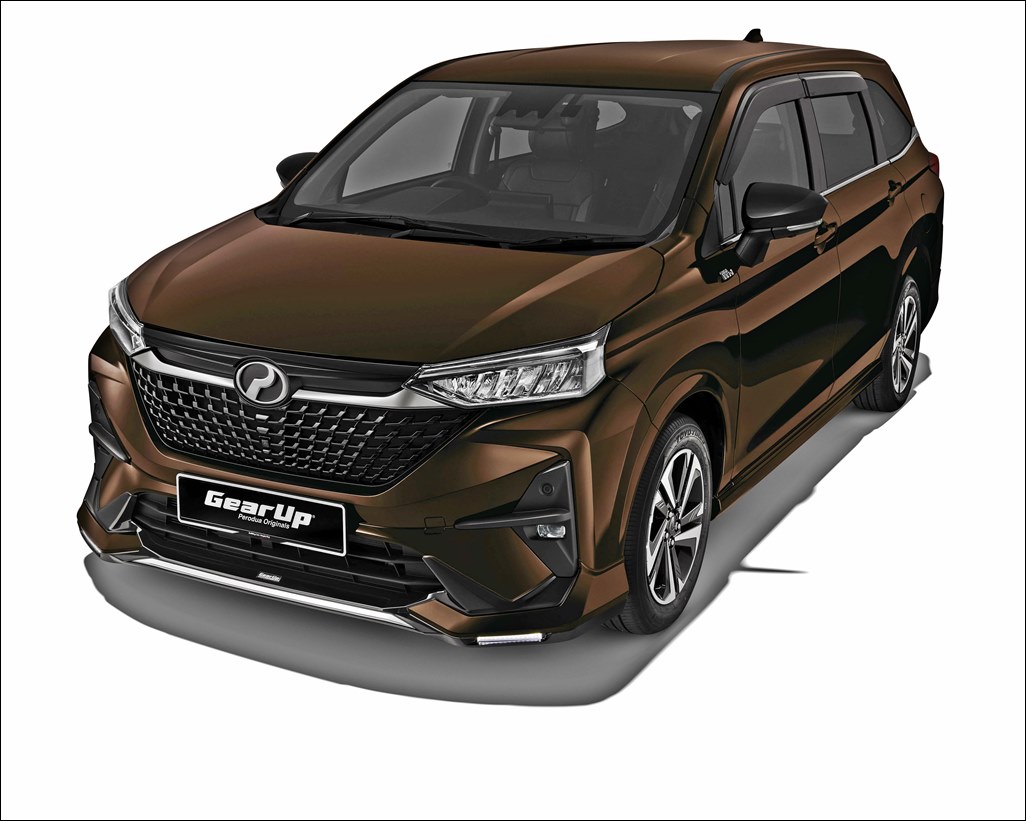
Click here for a copy of the Perodua Alza brochure.




